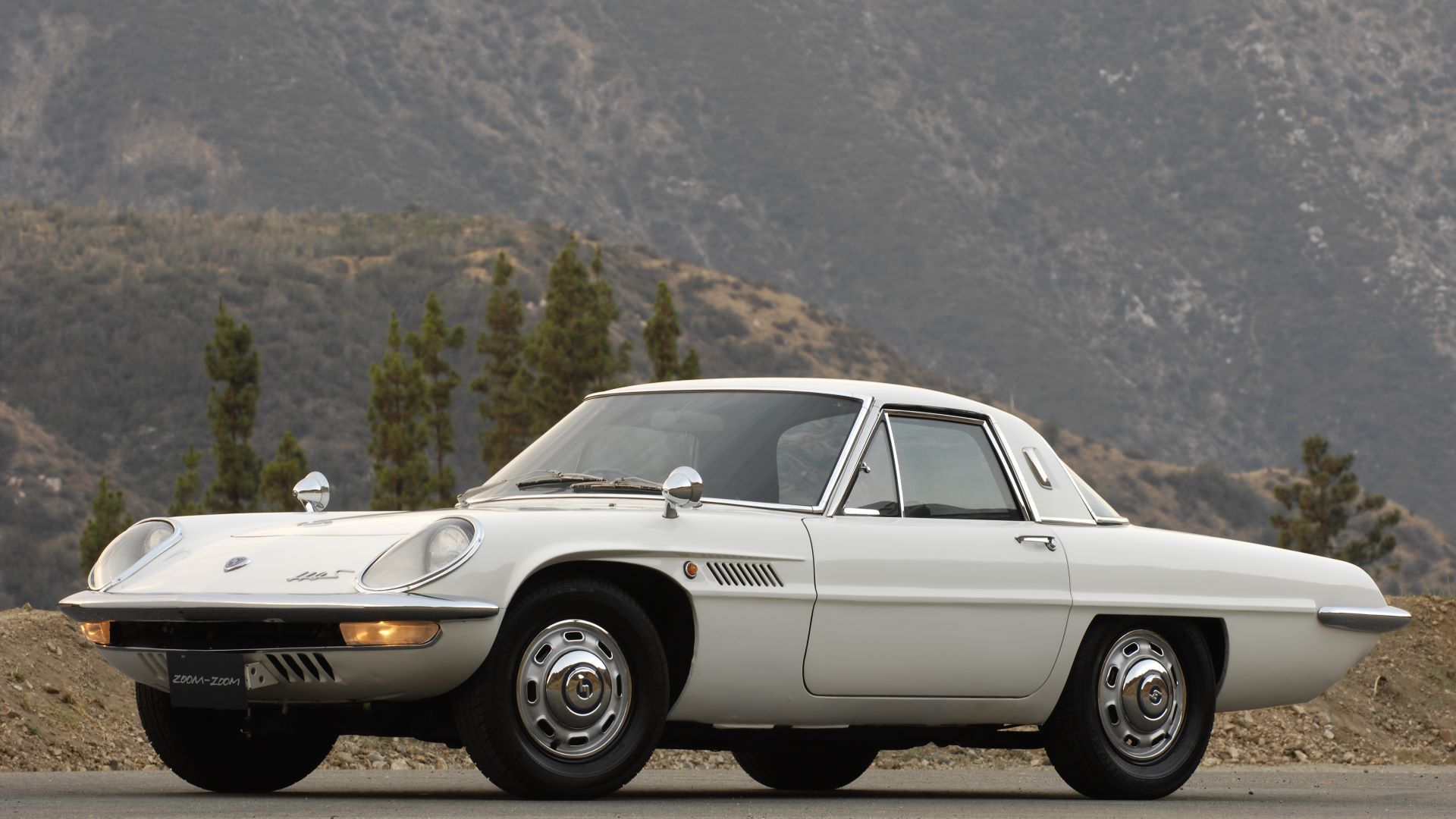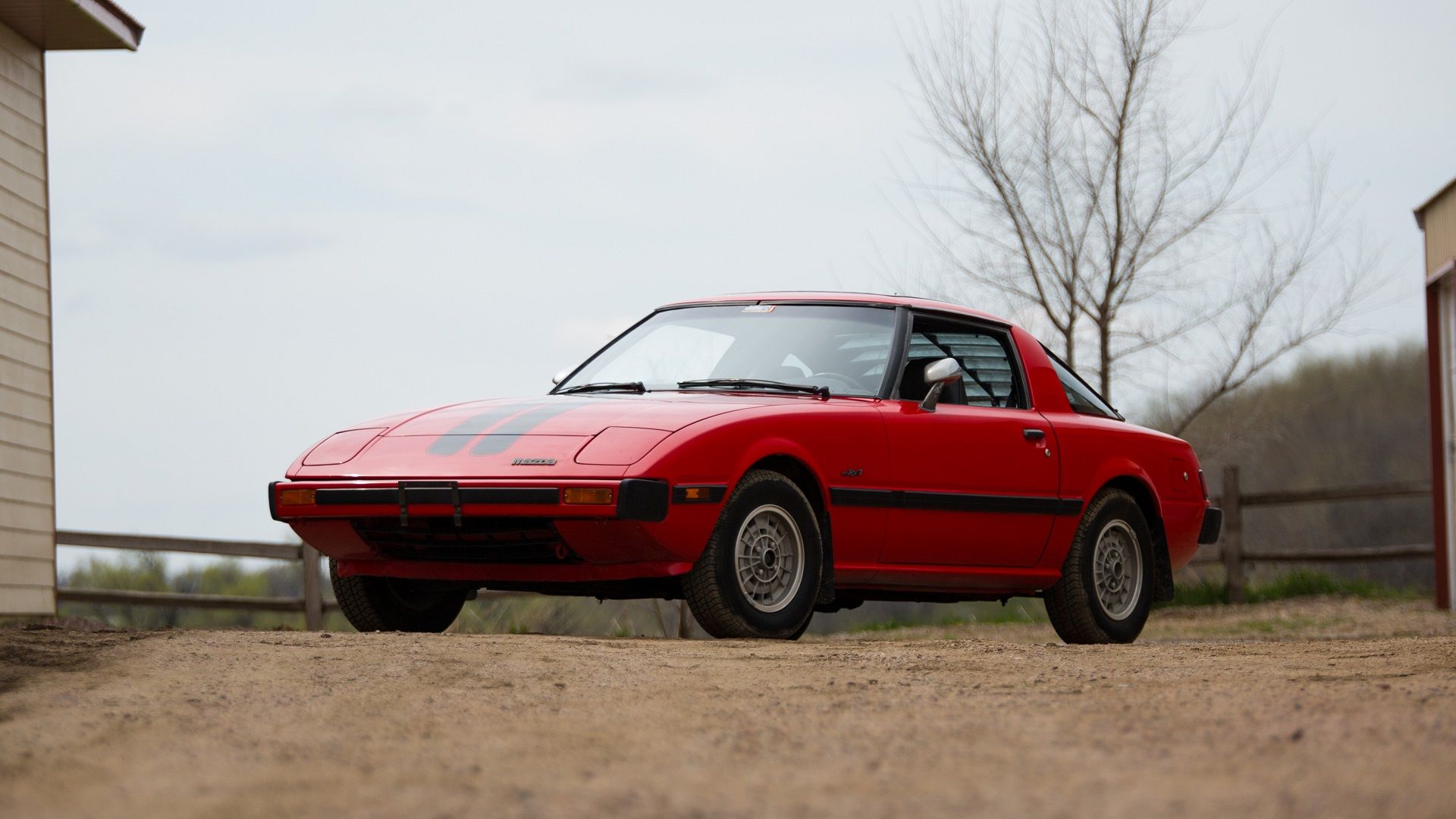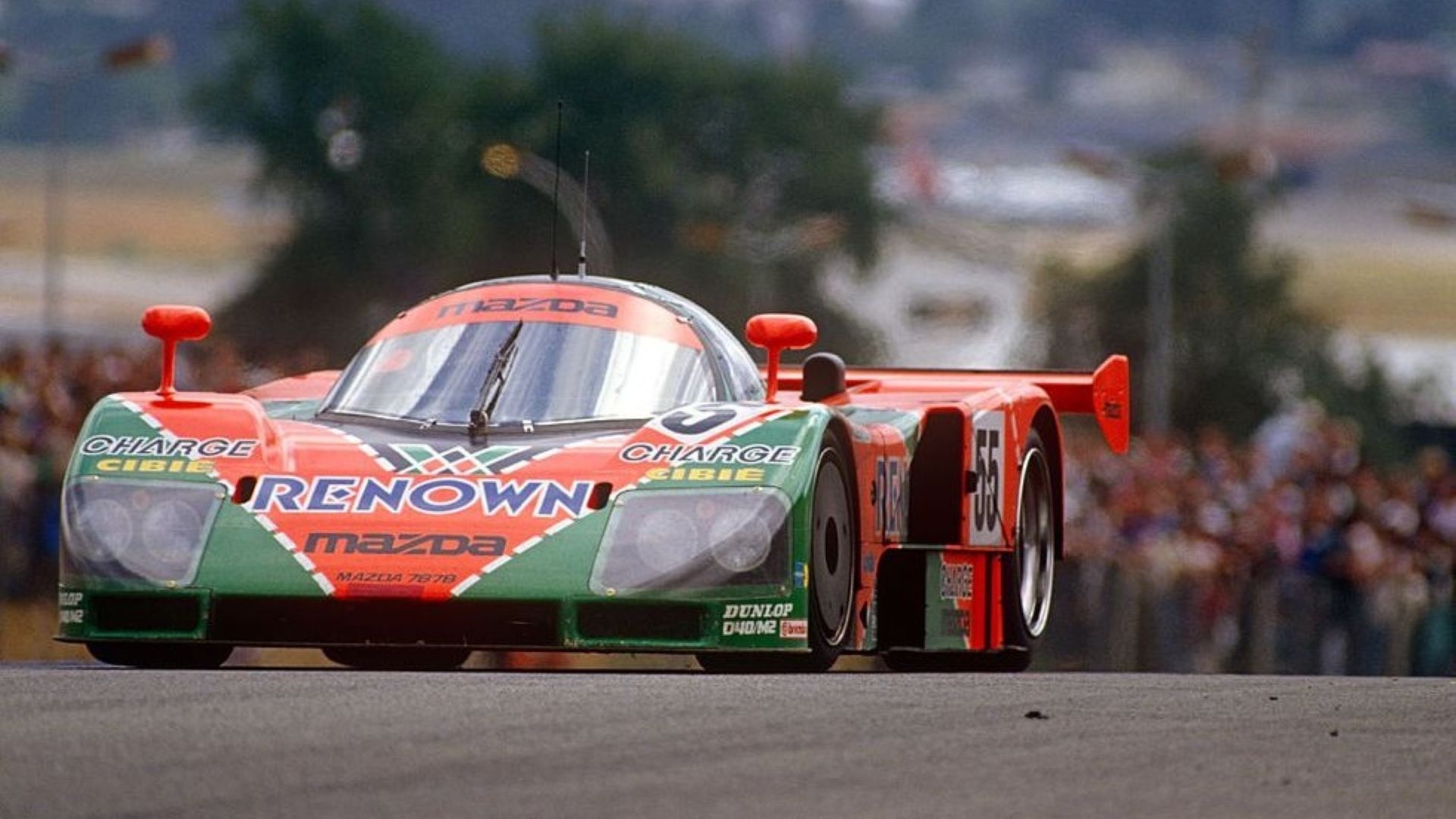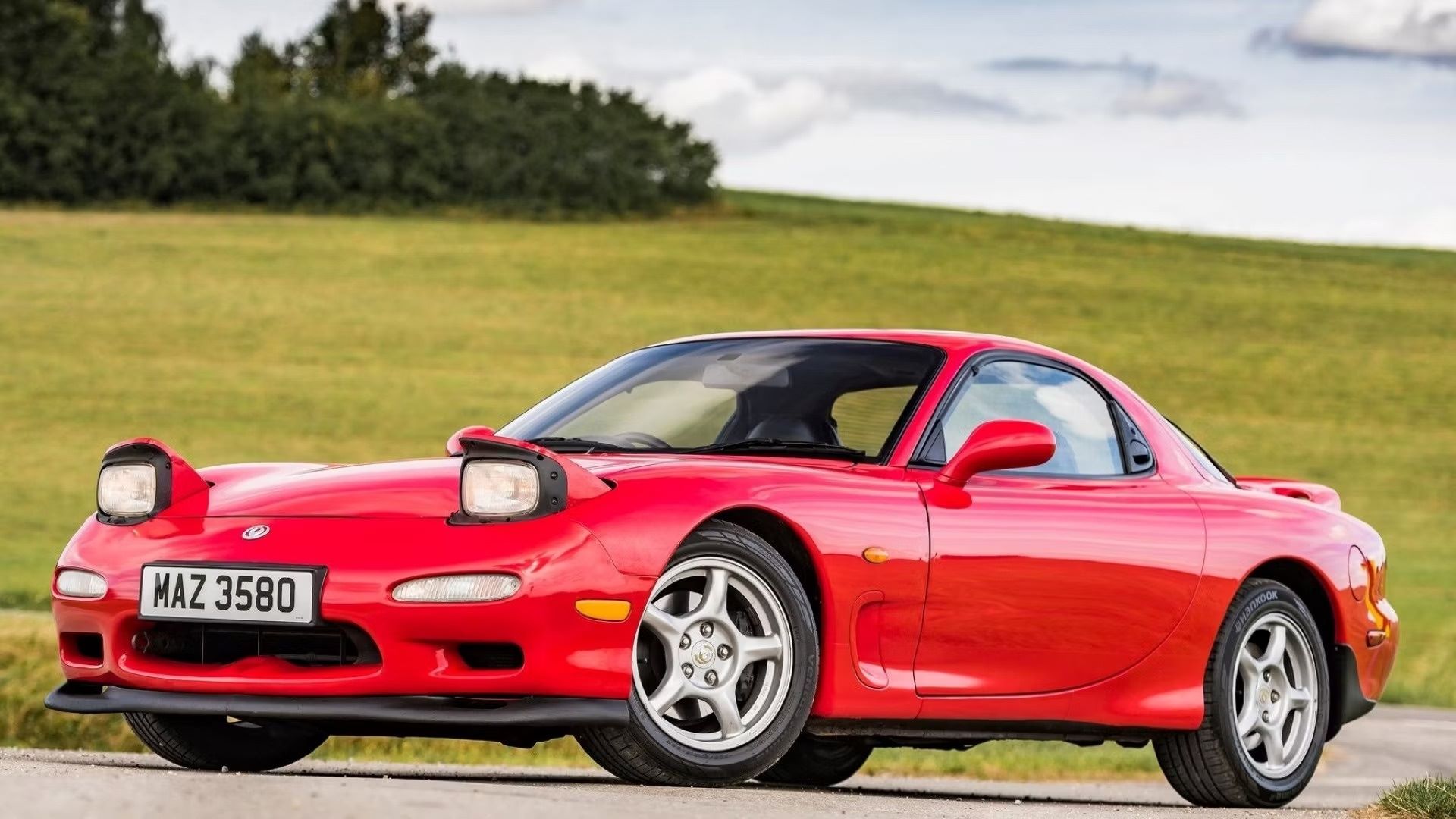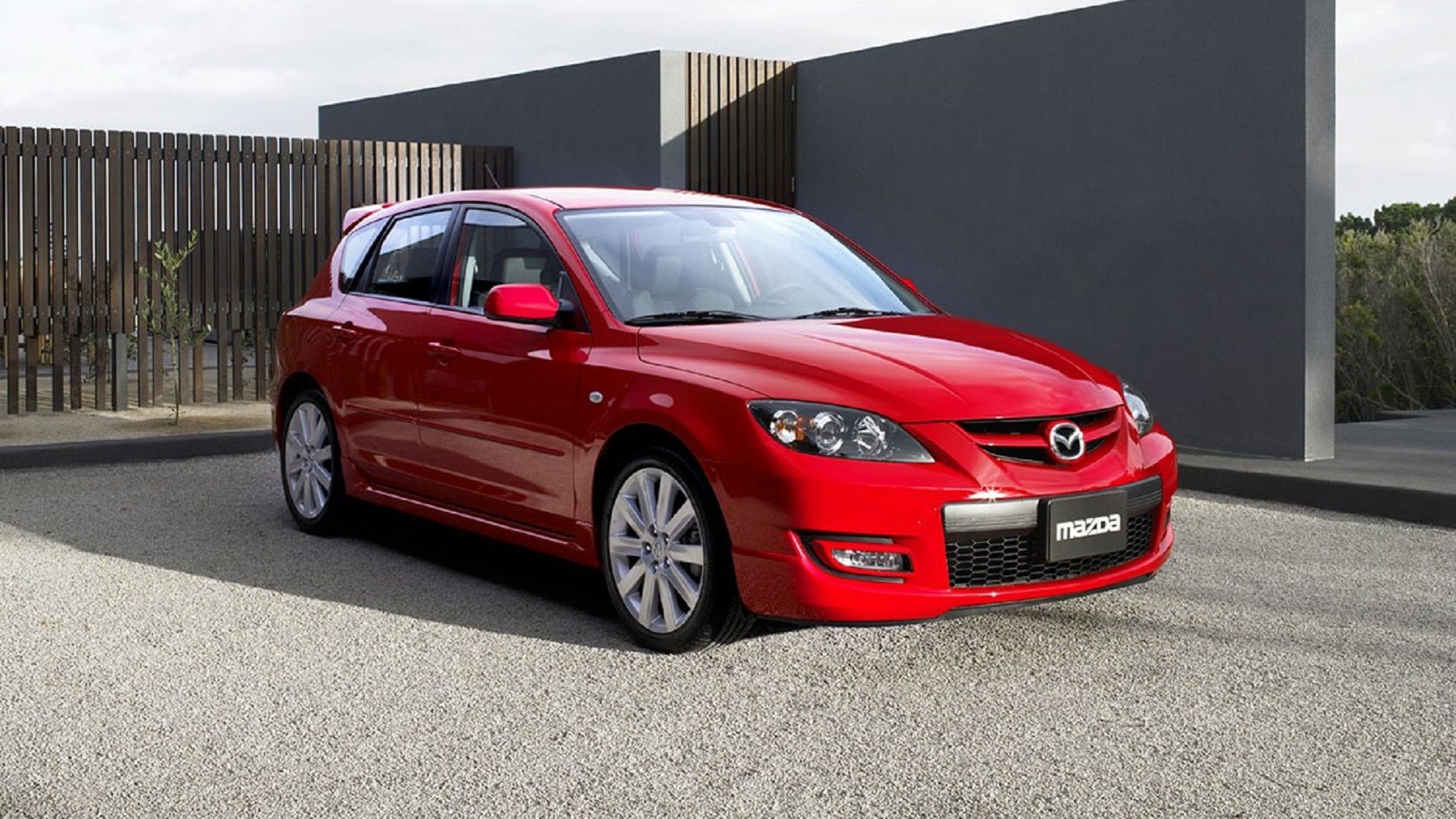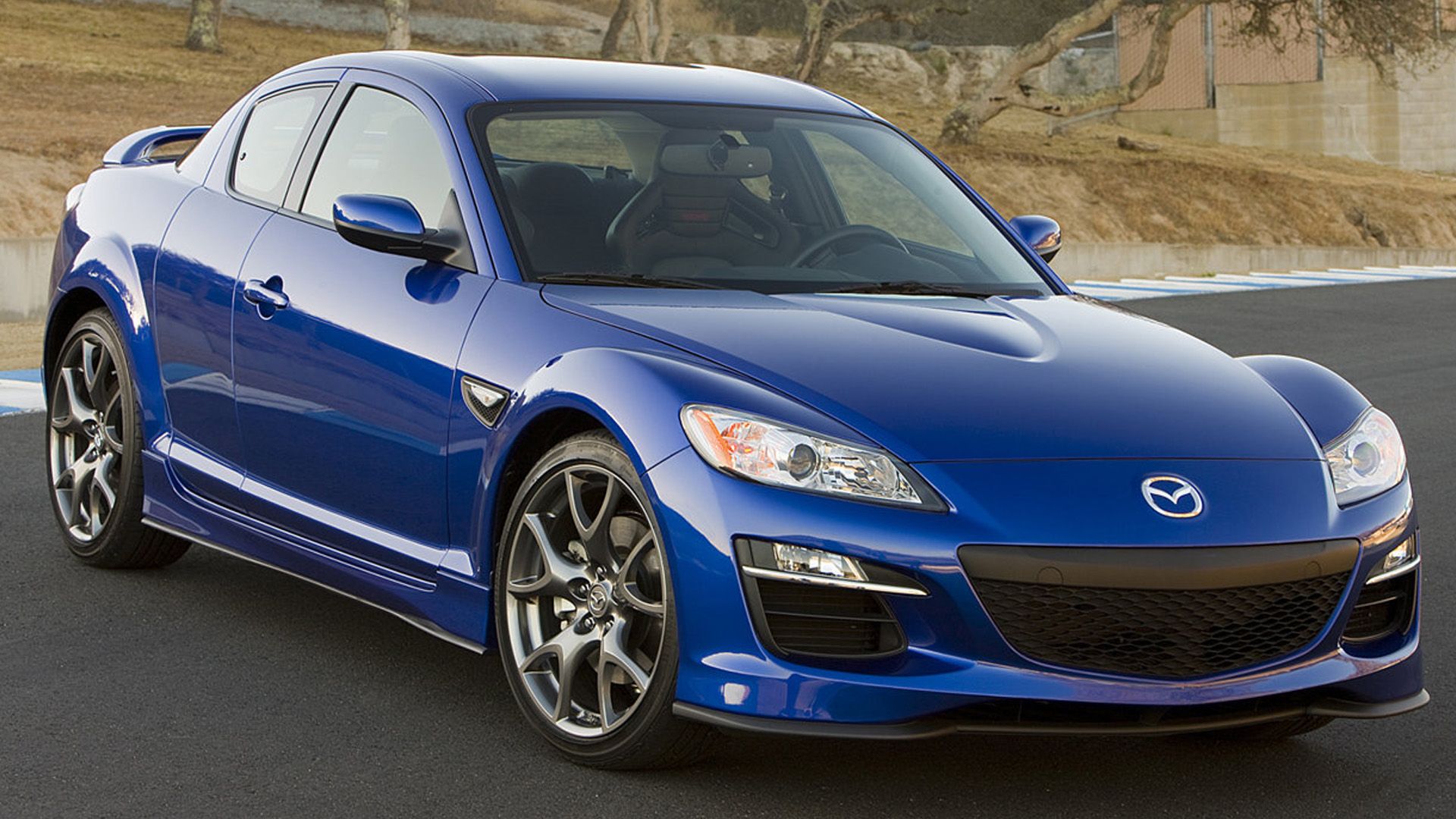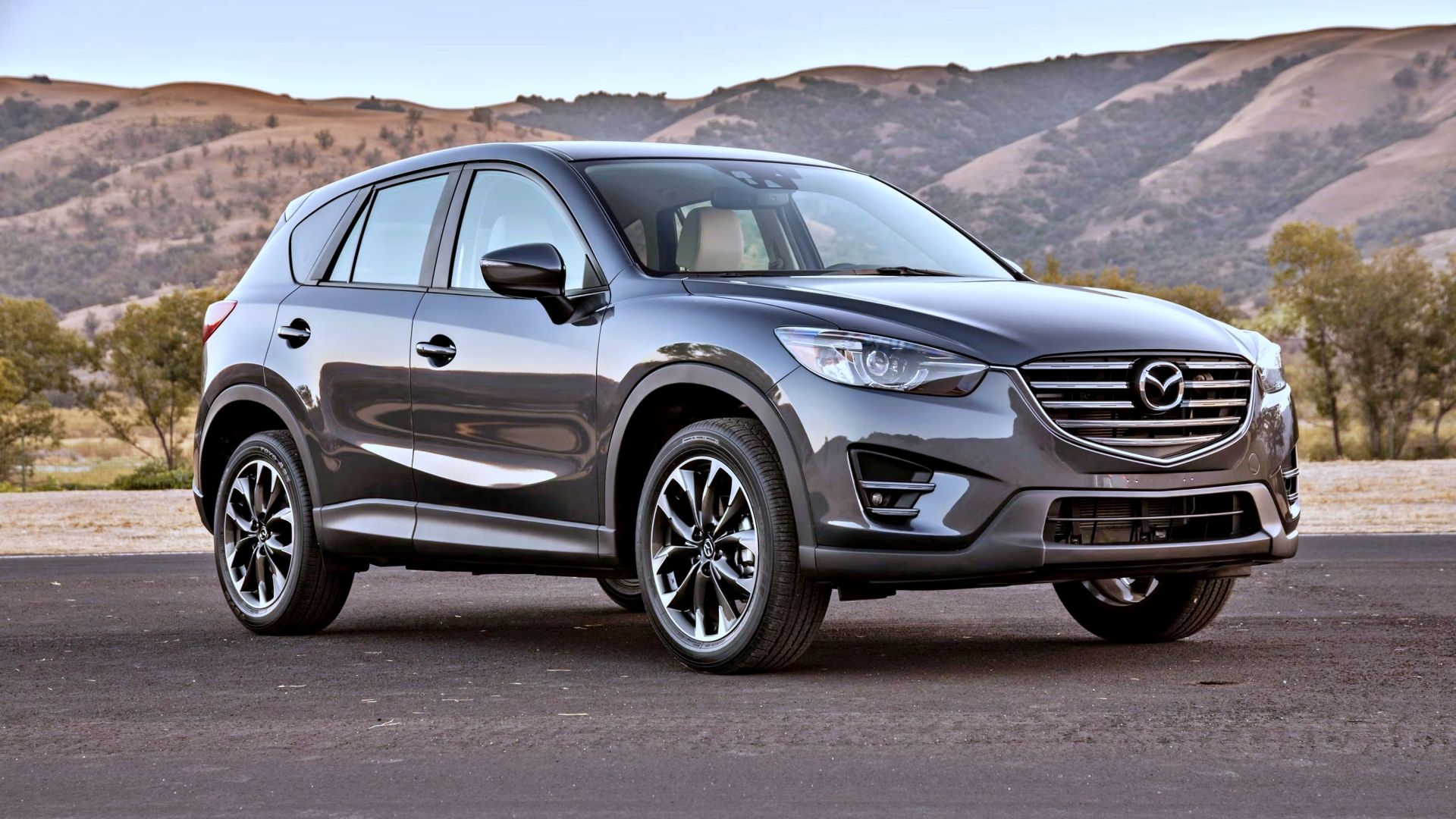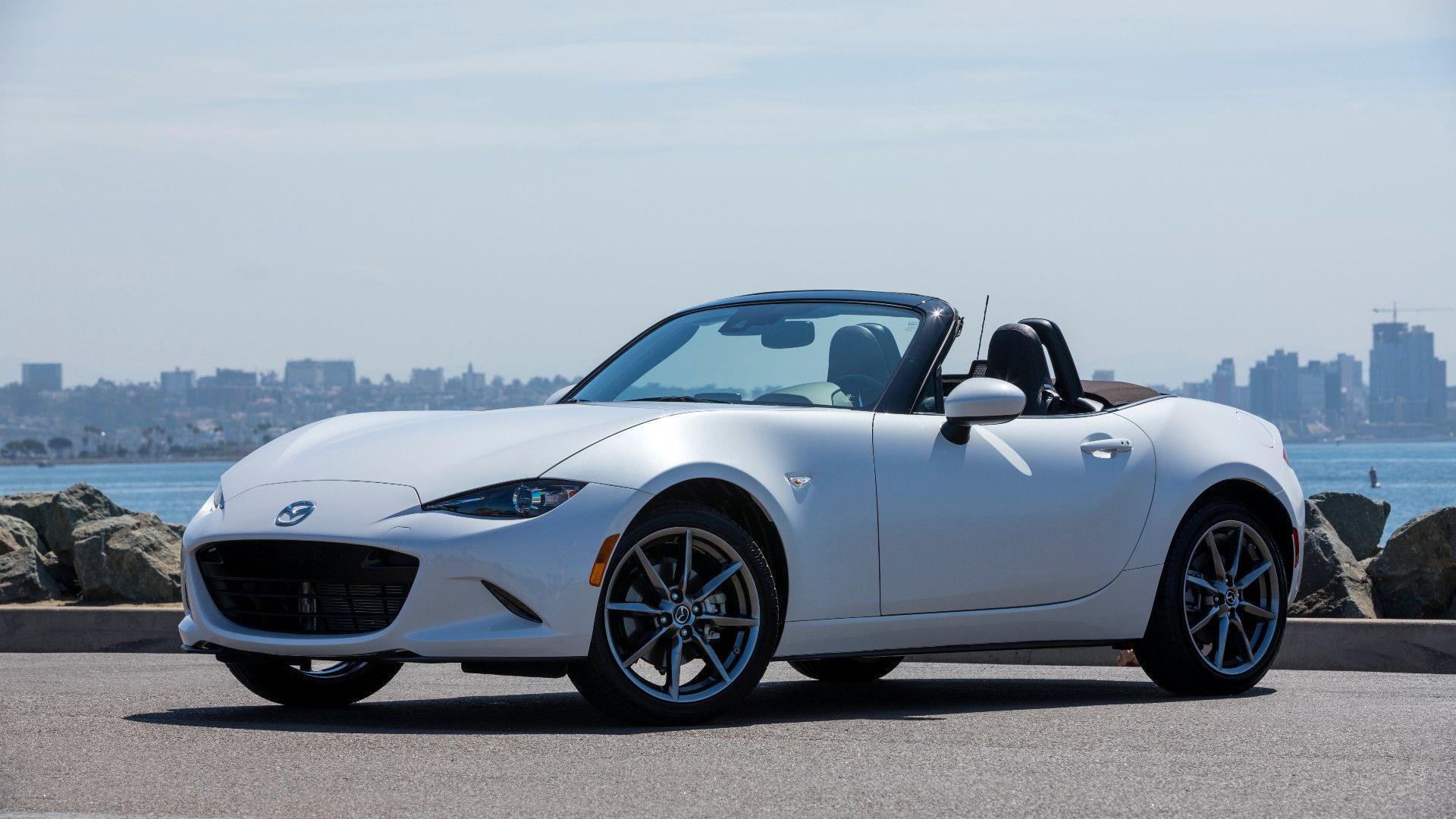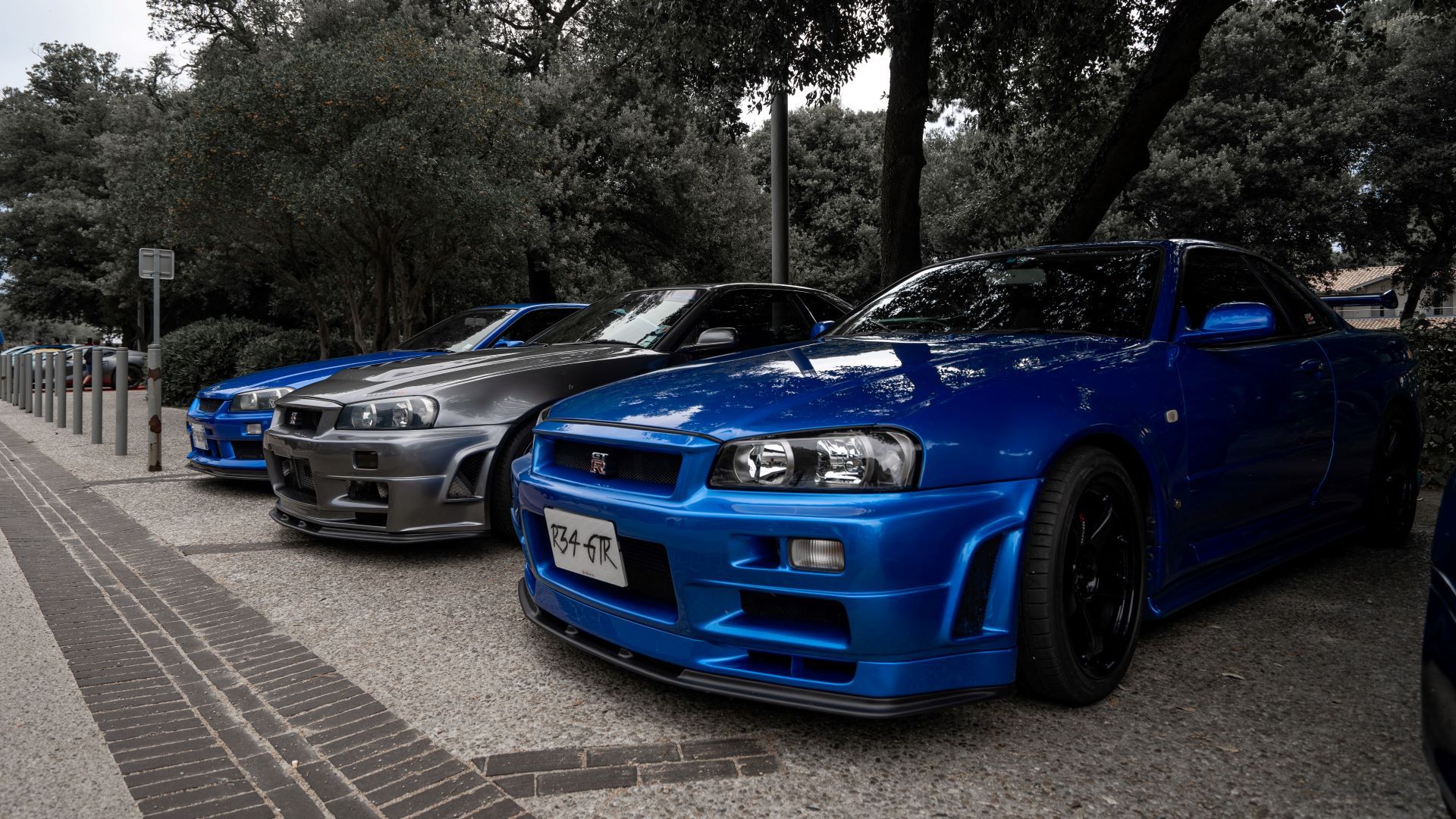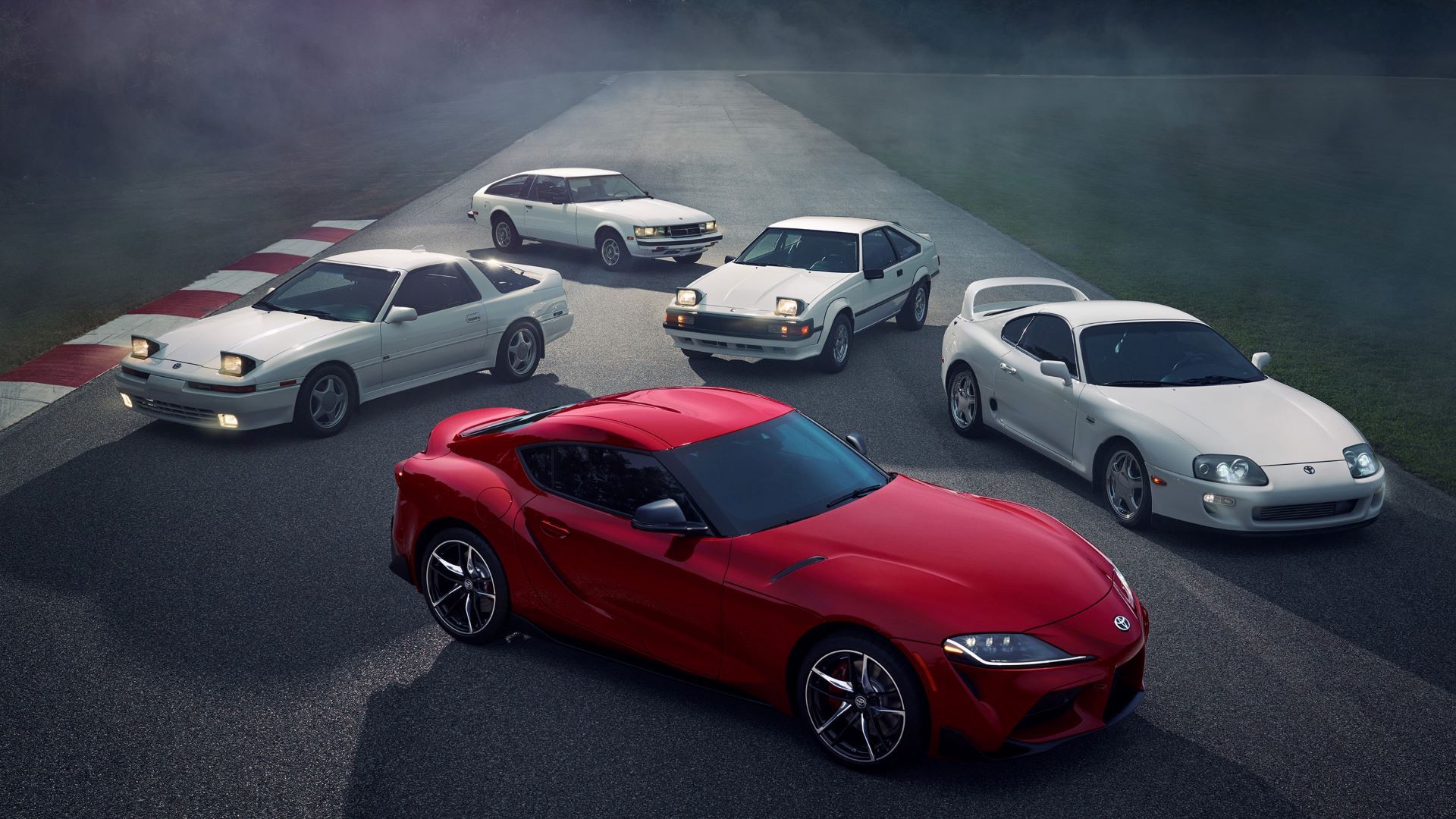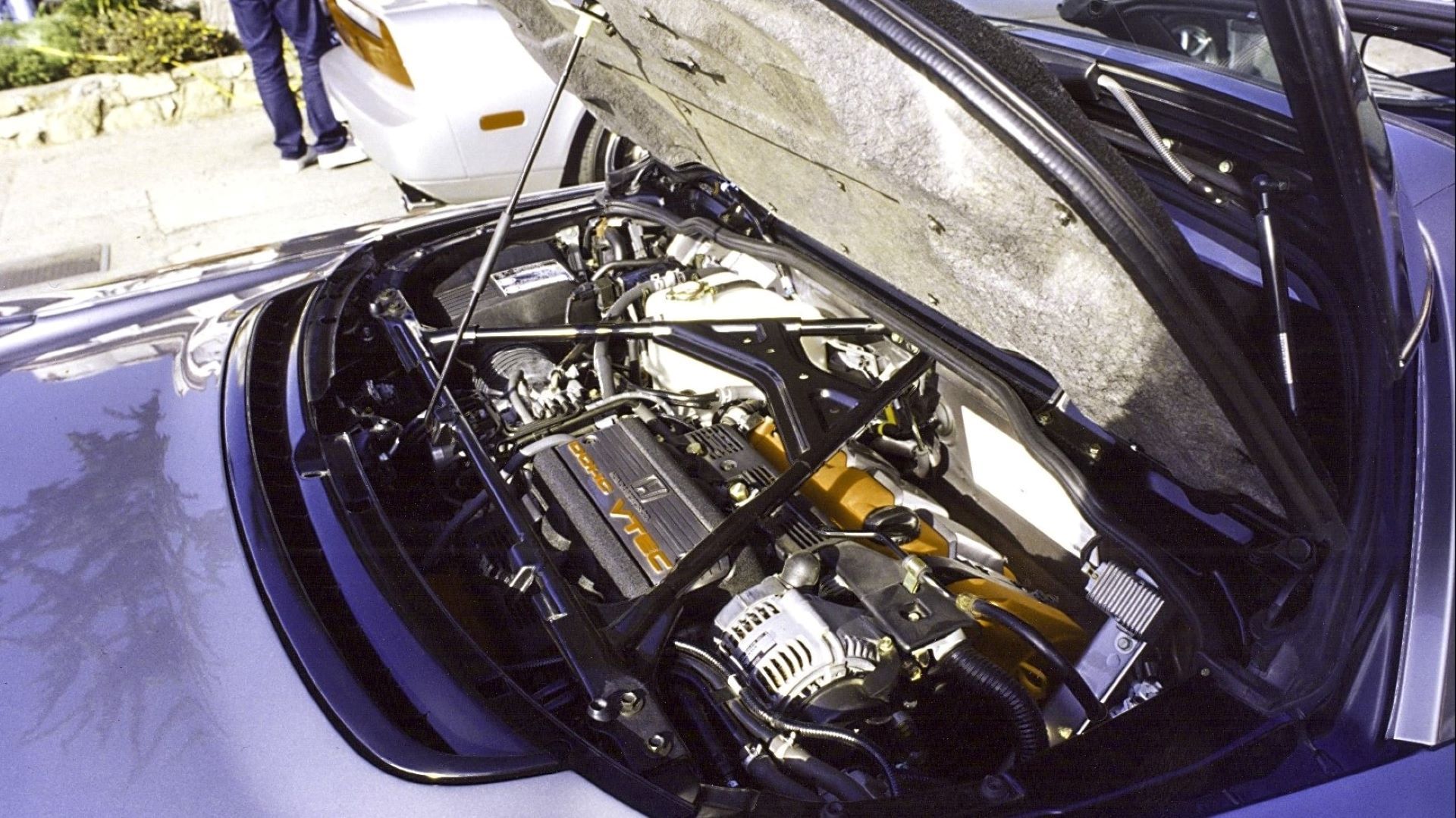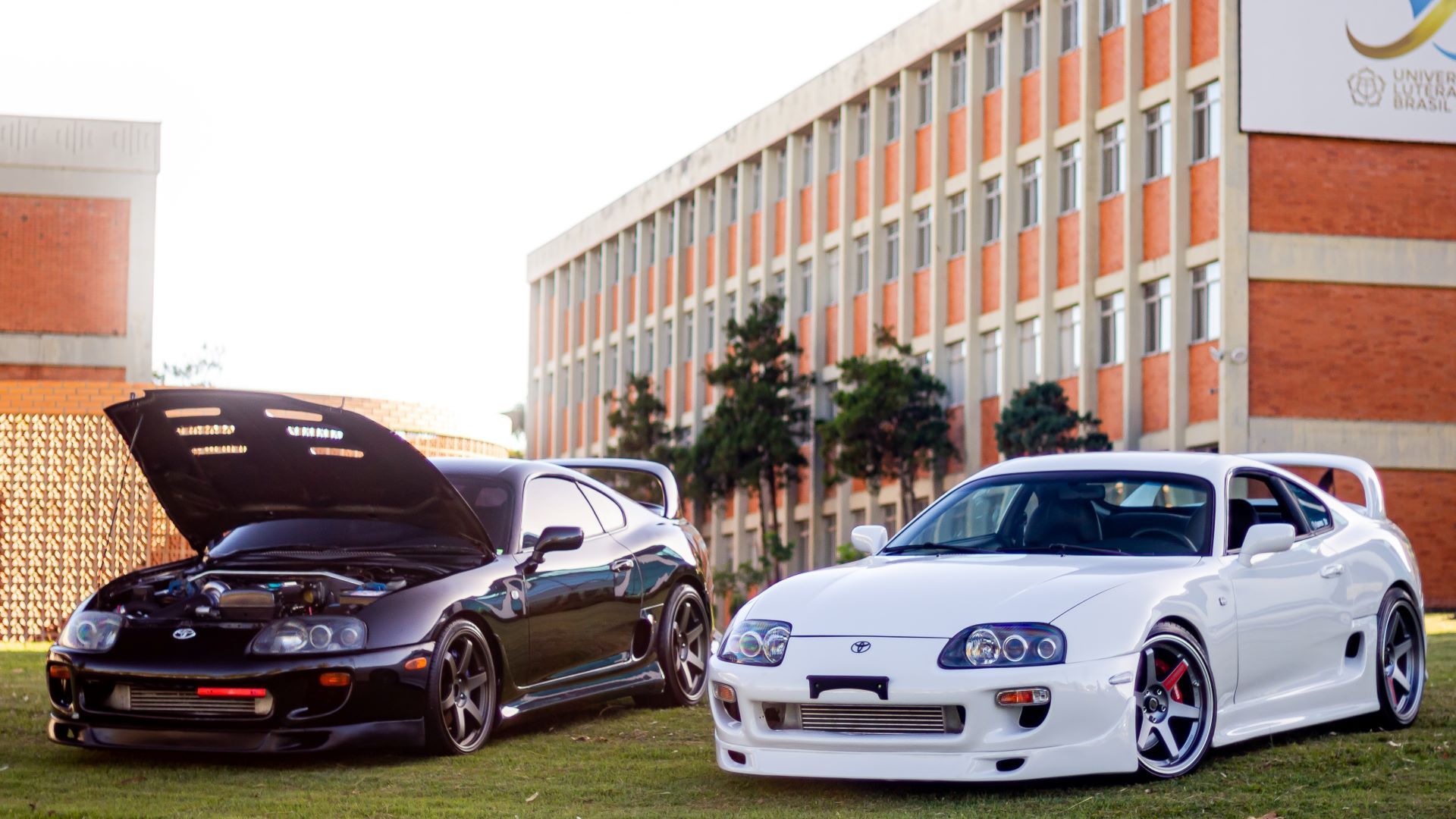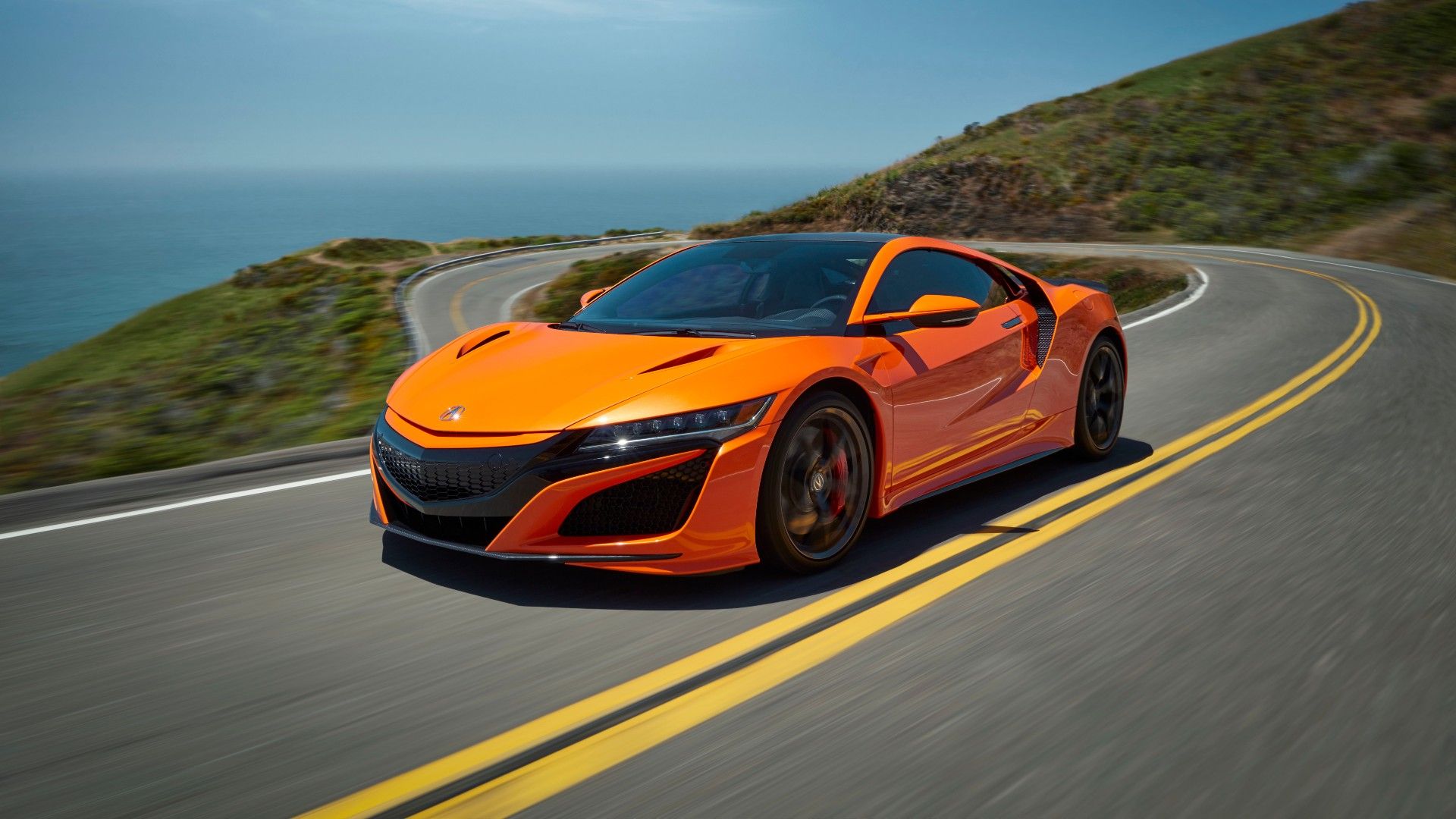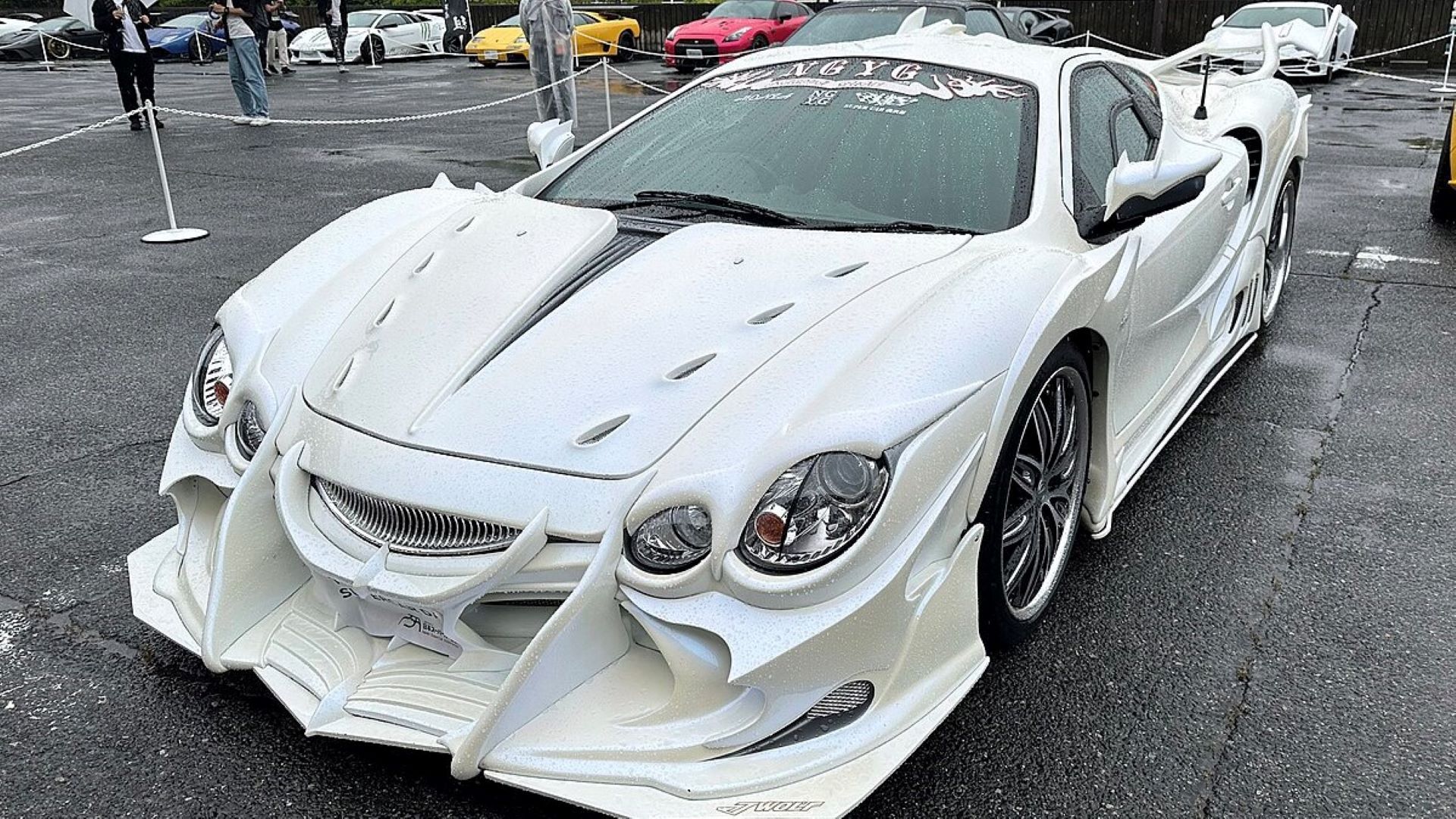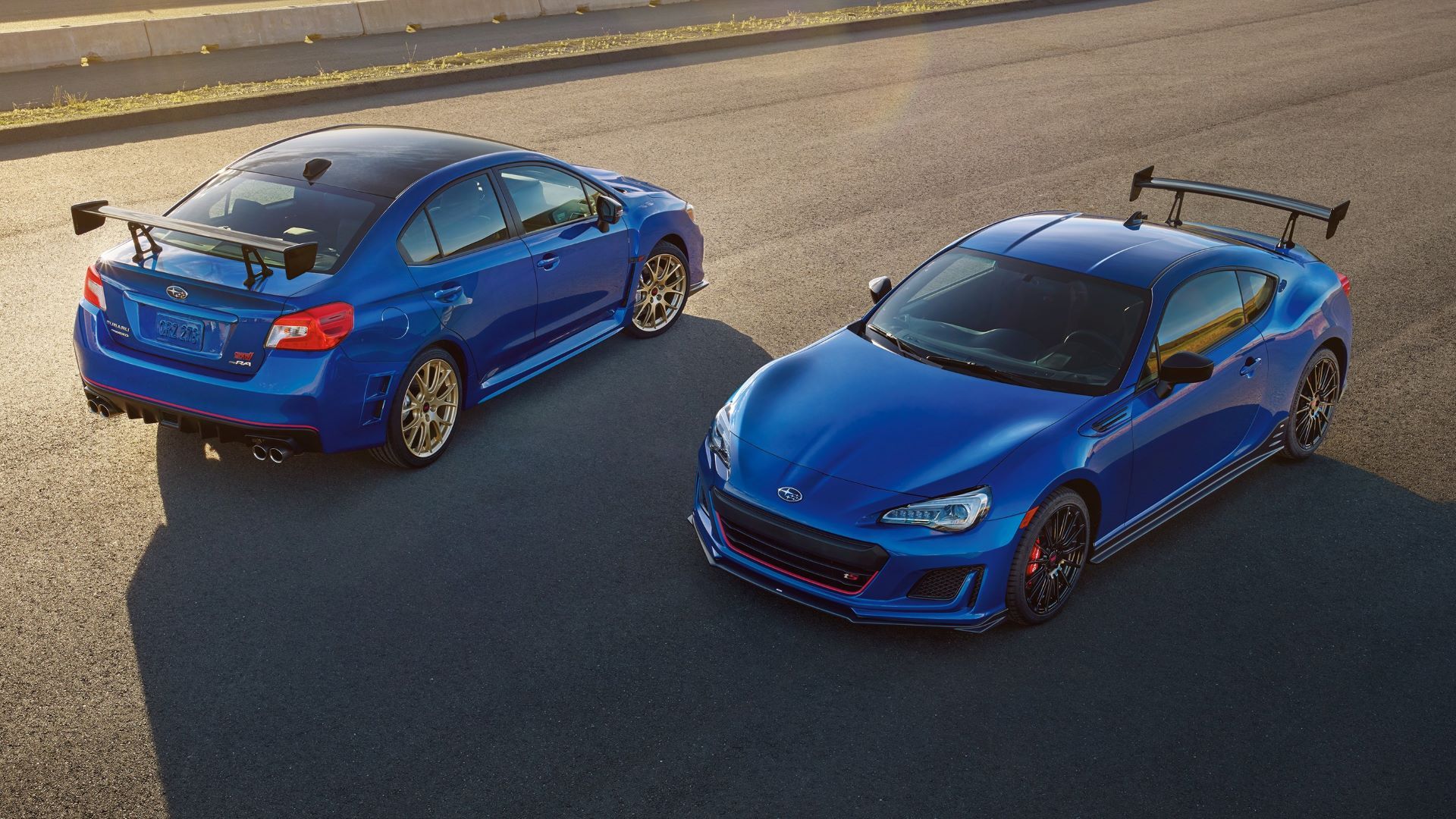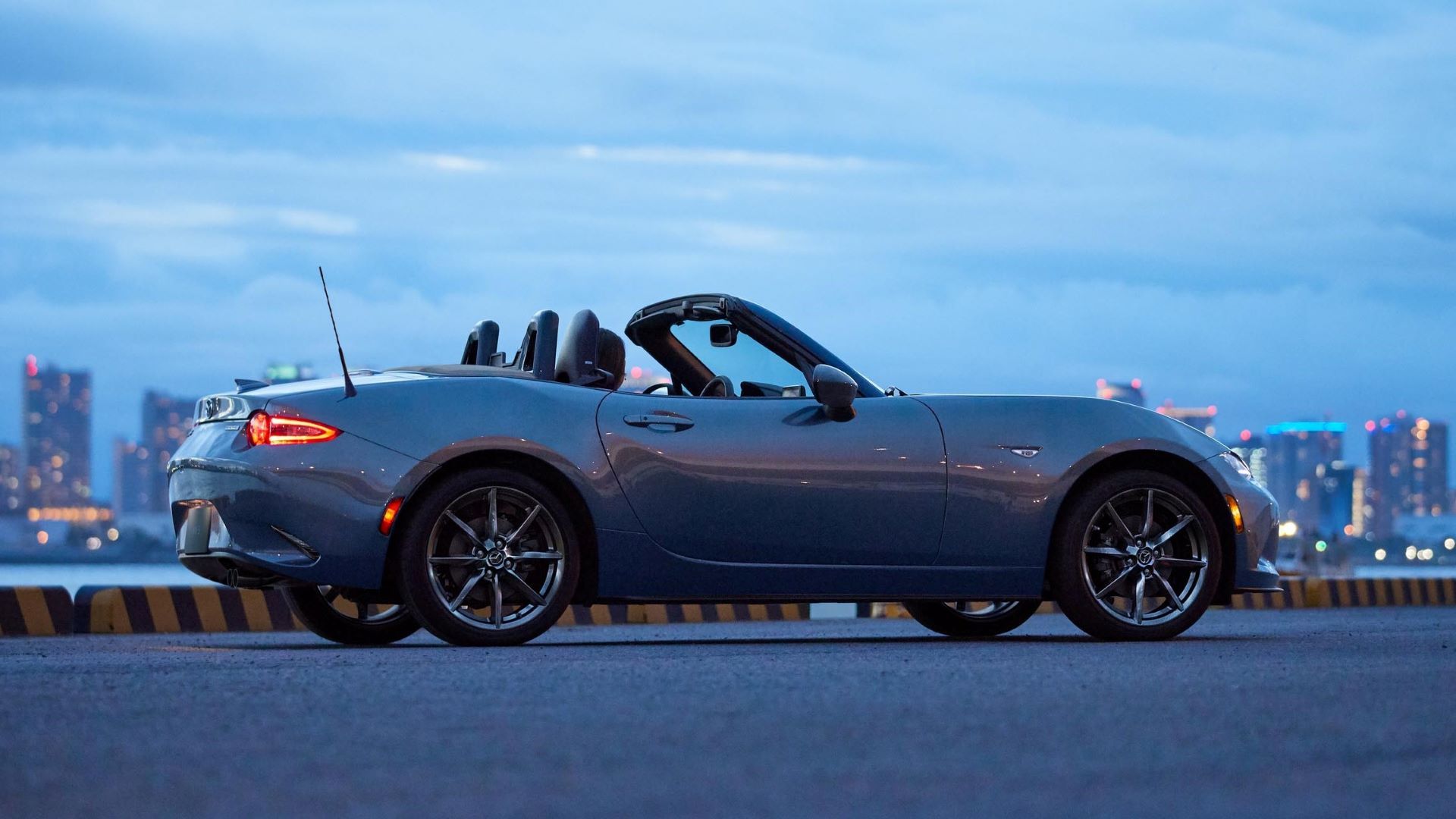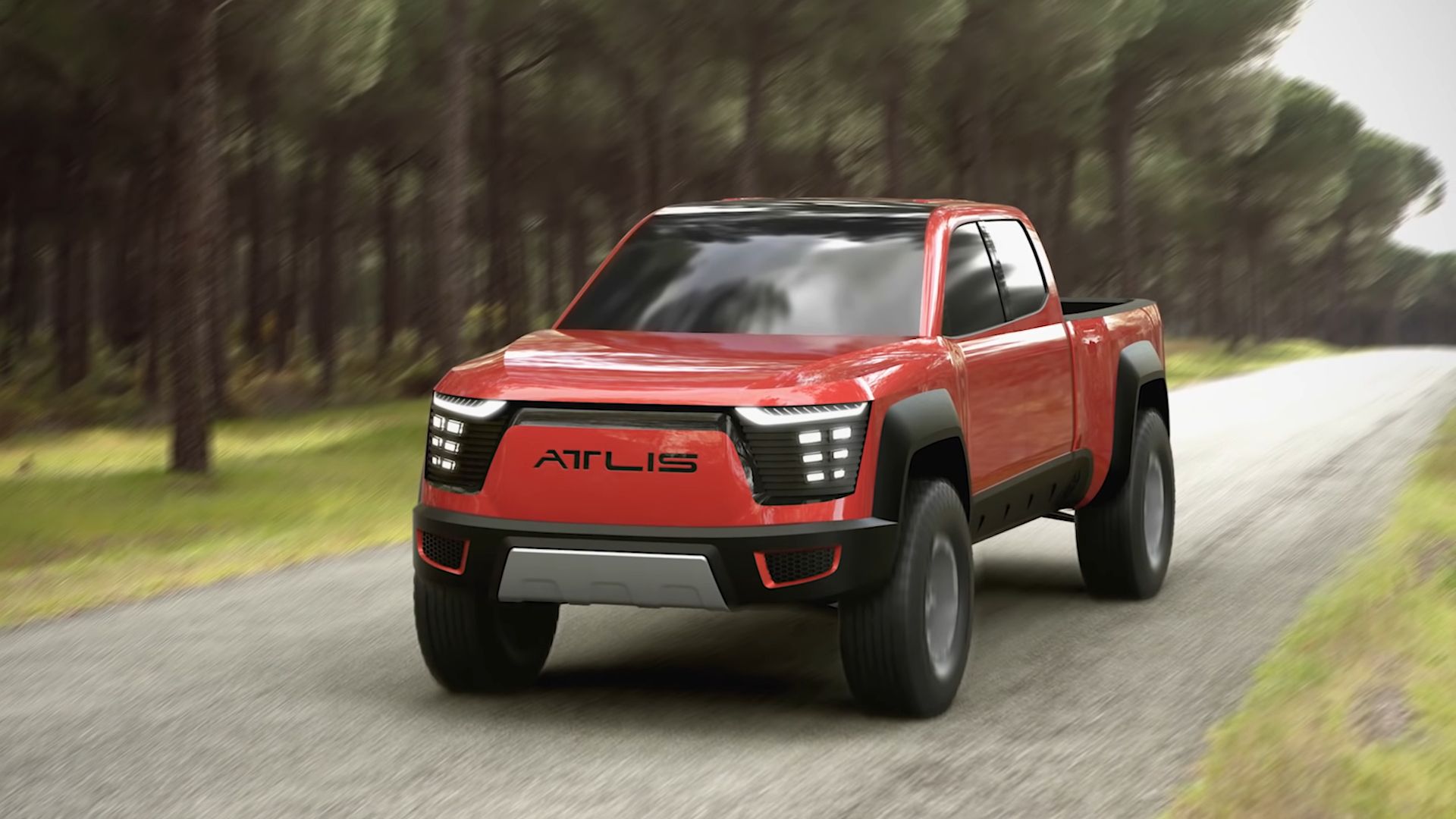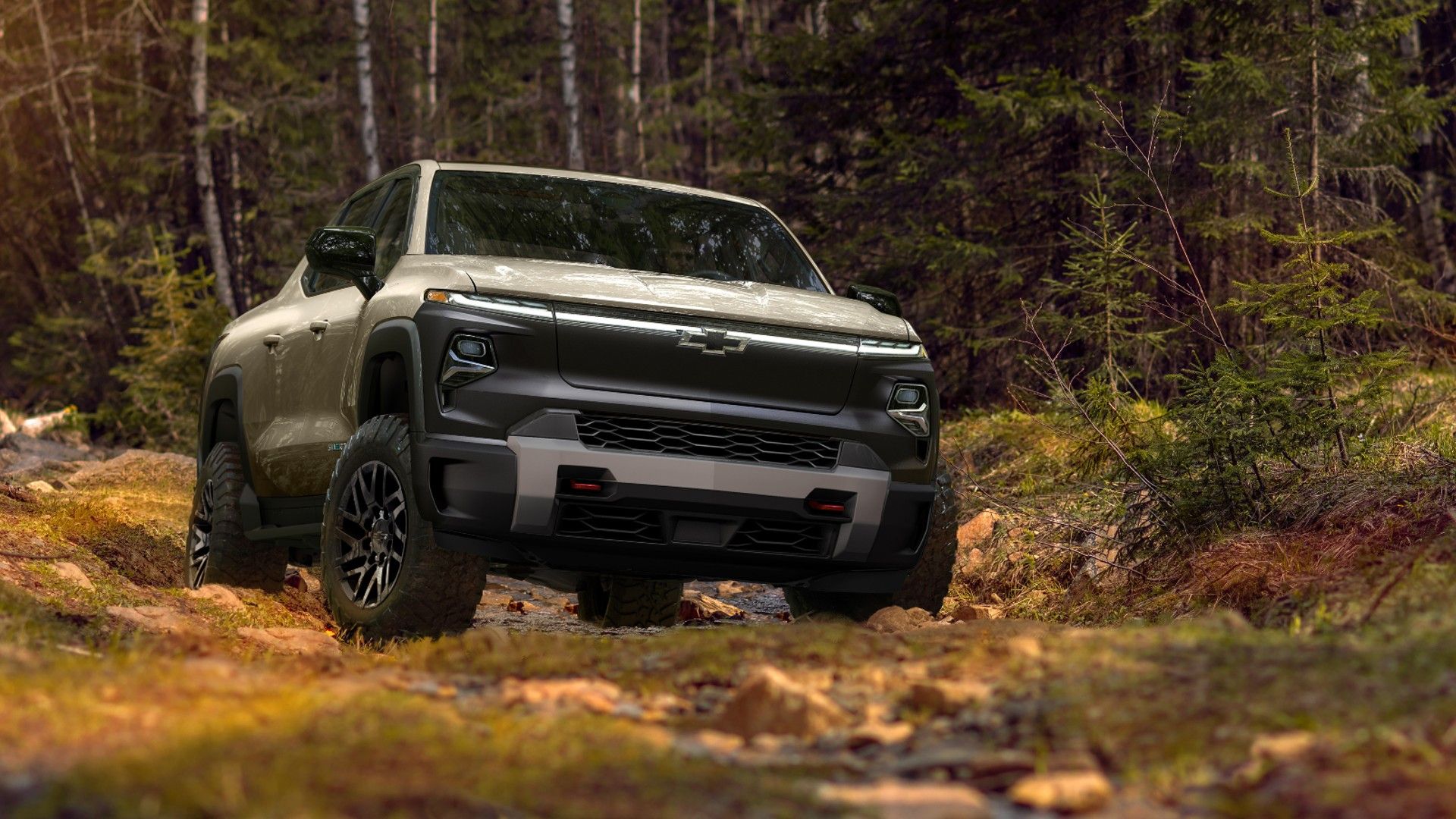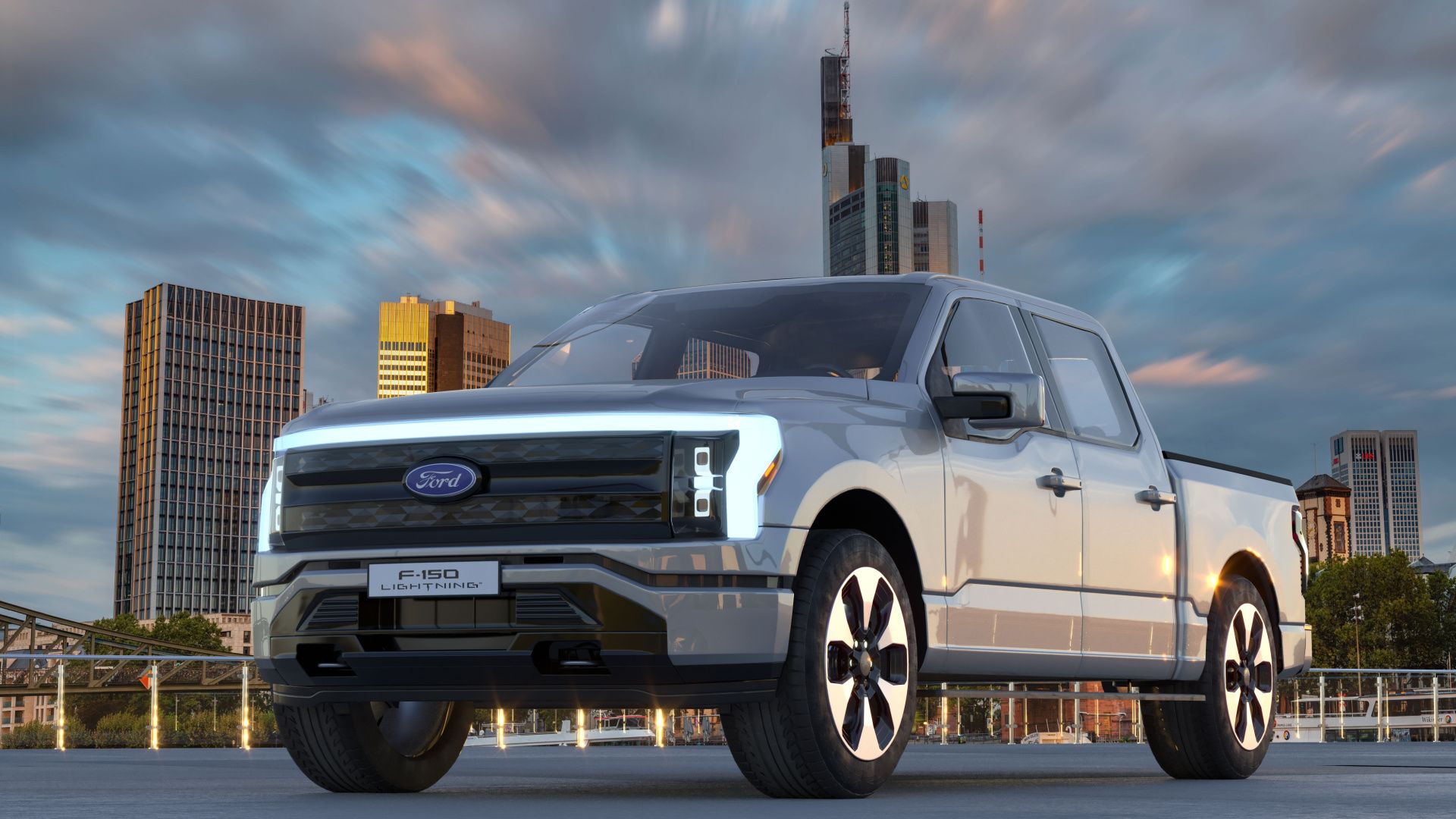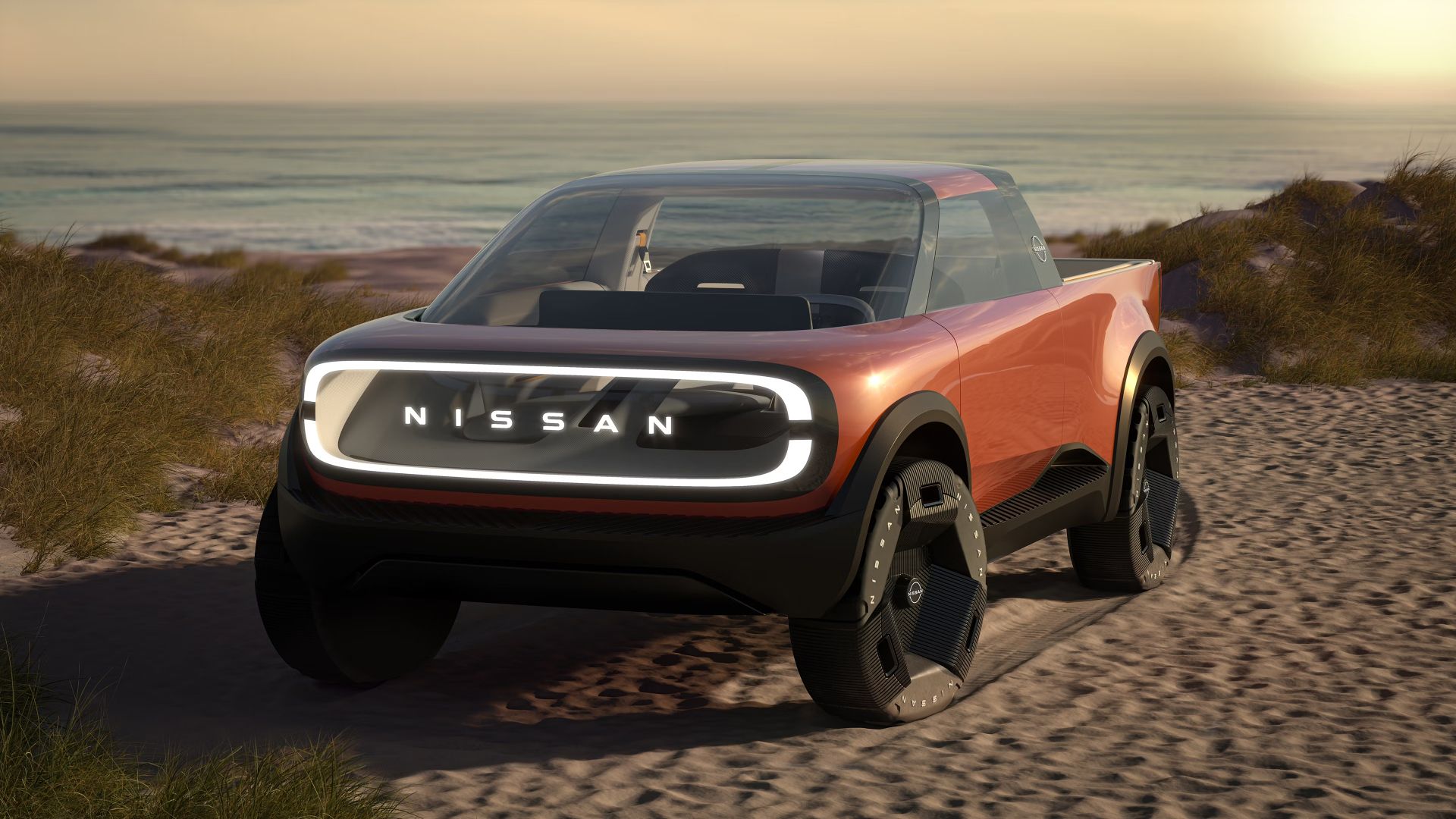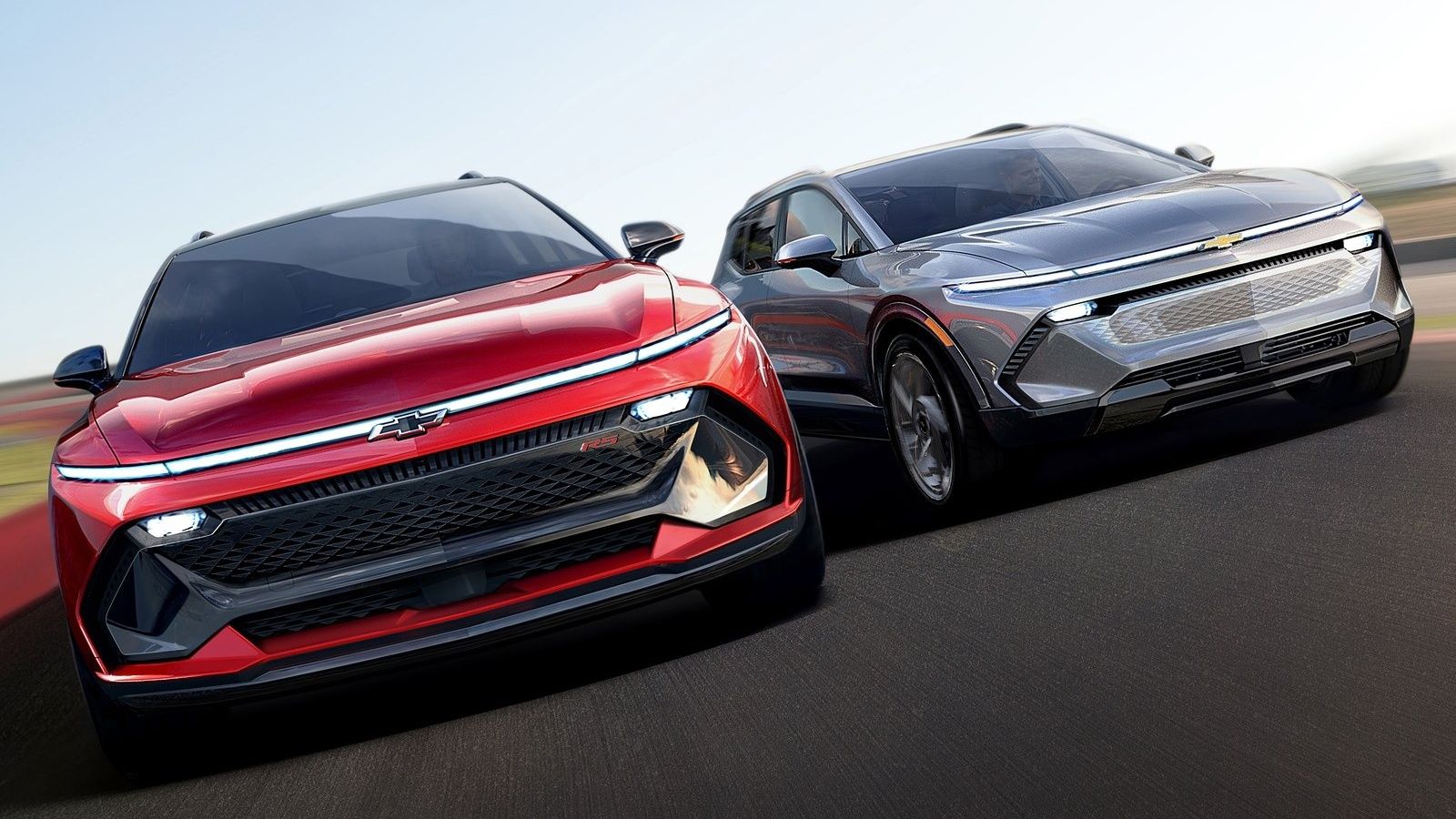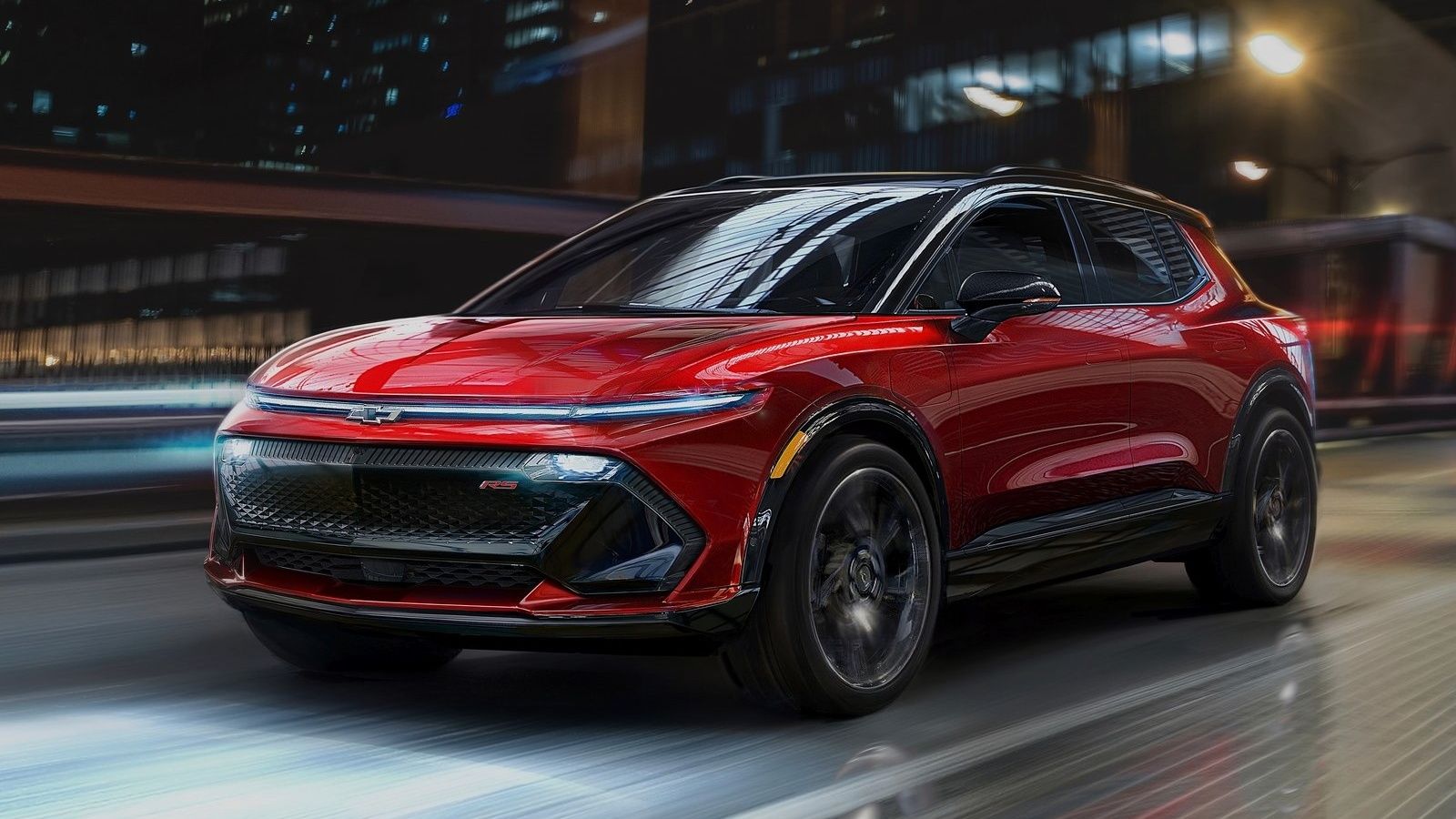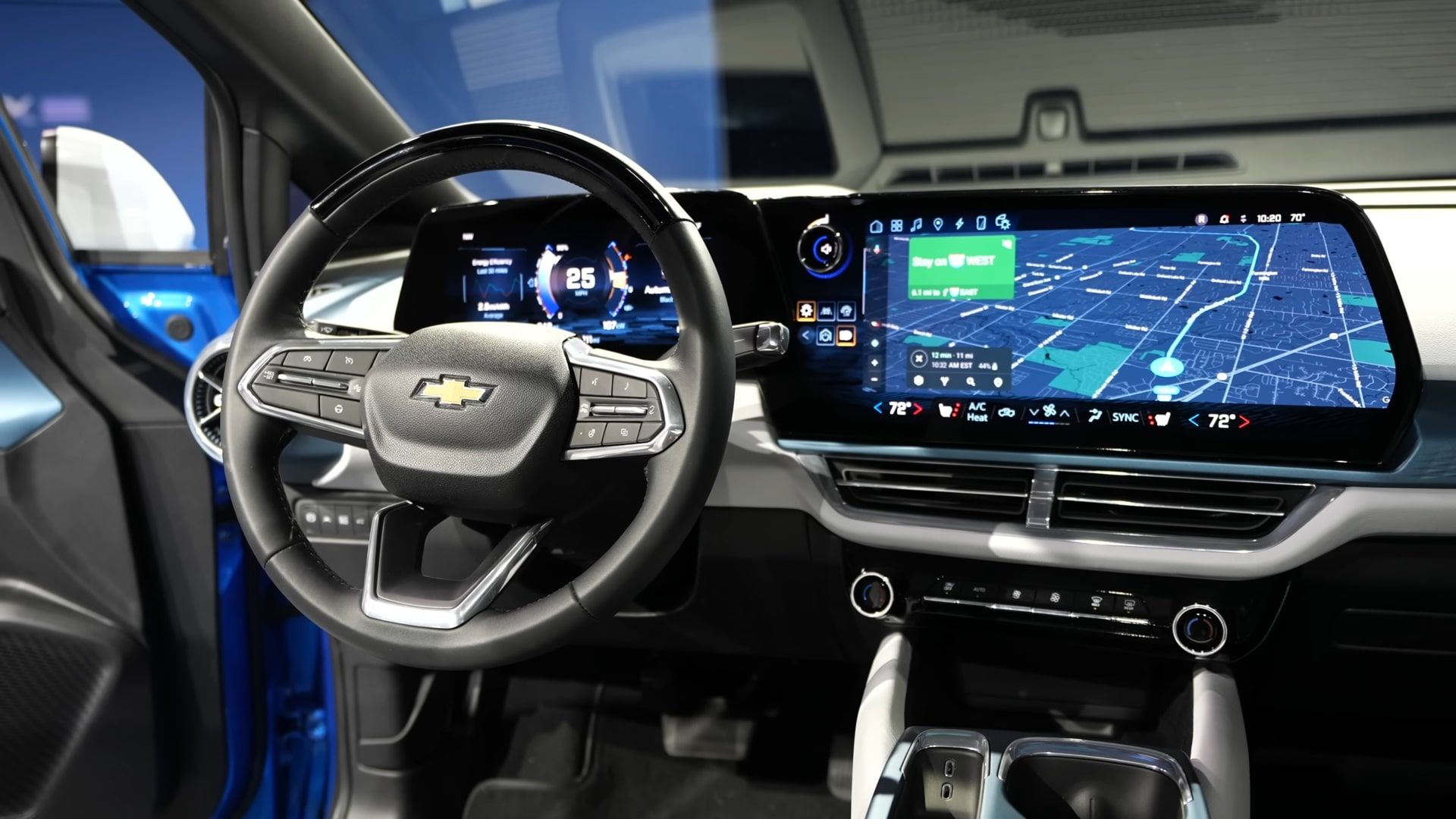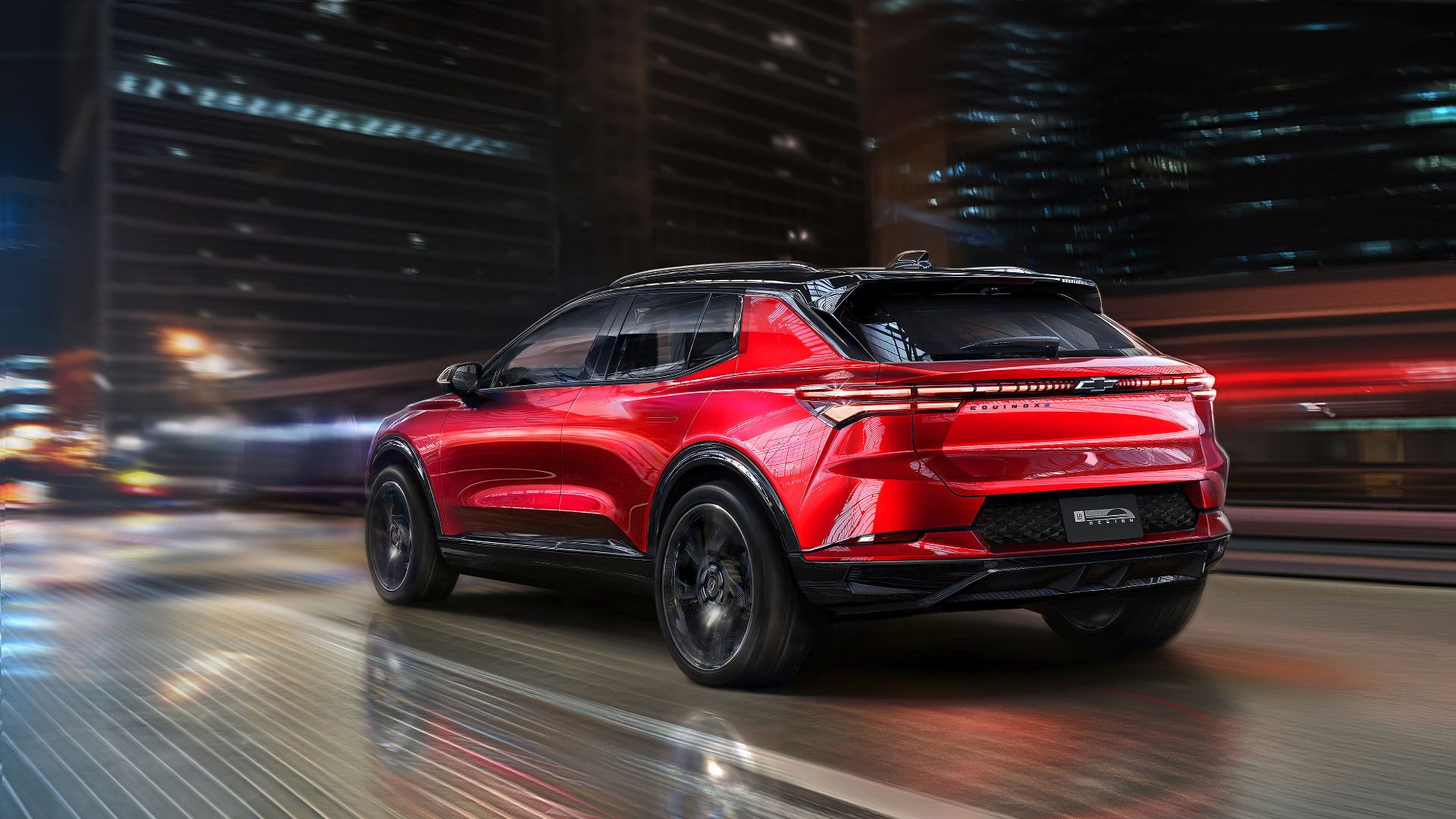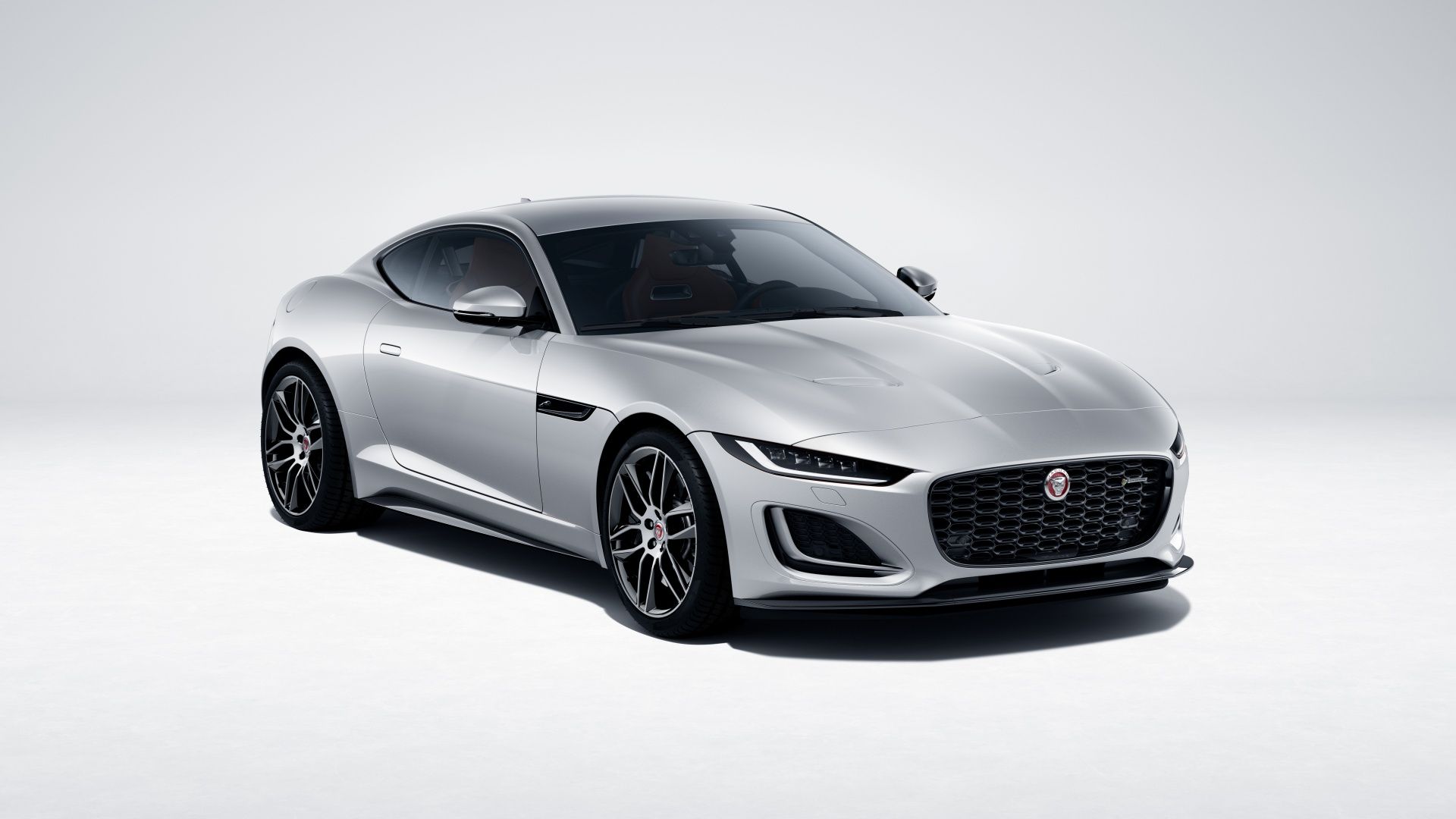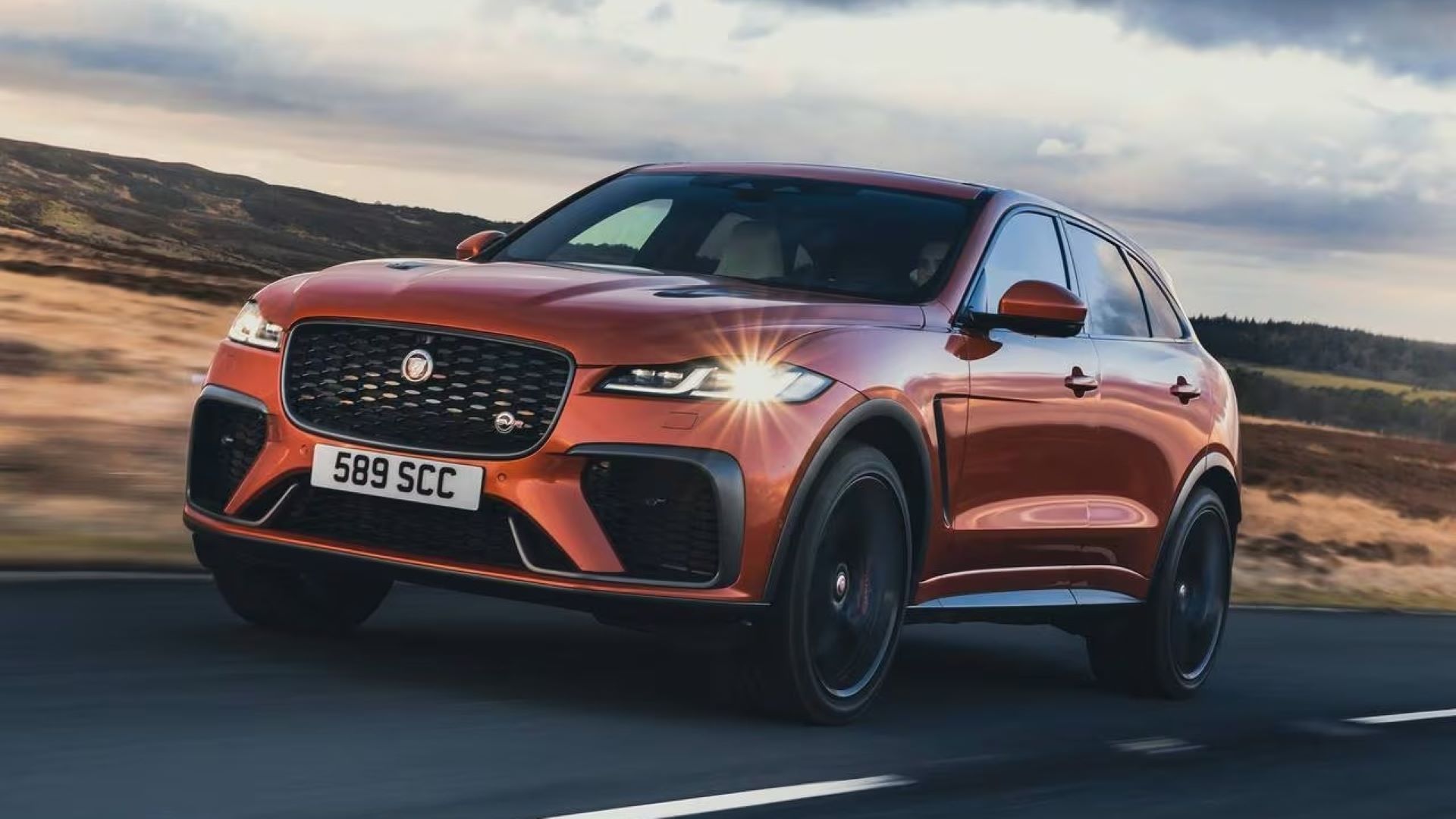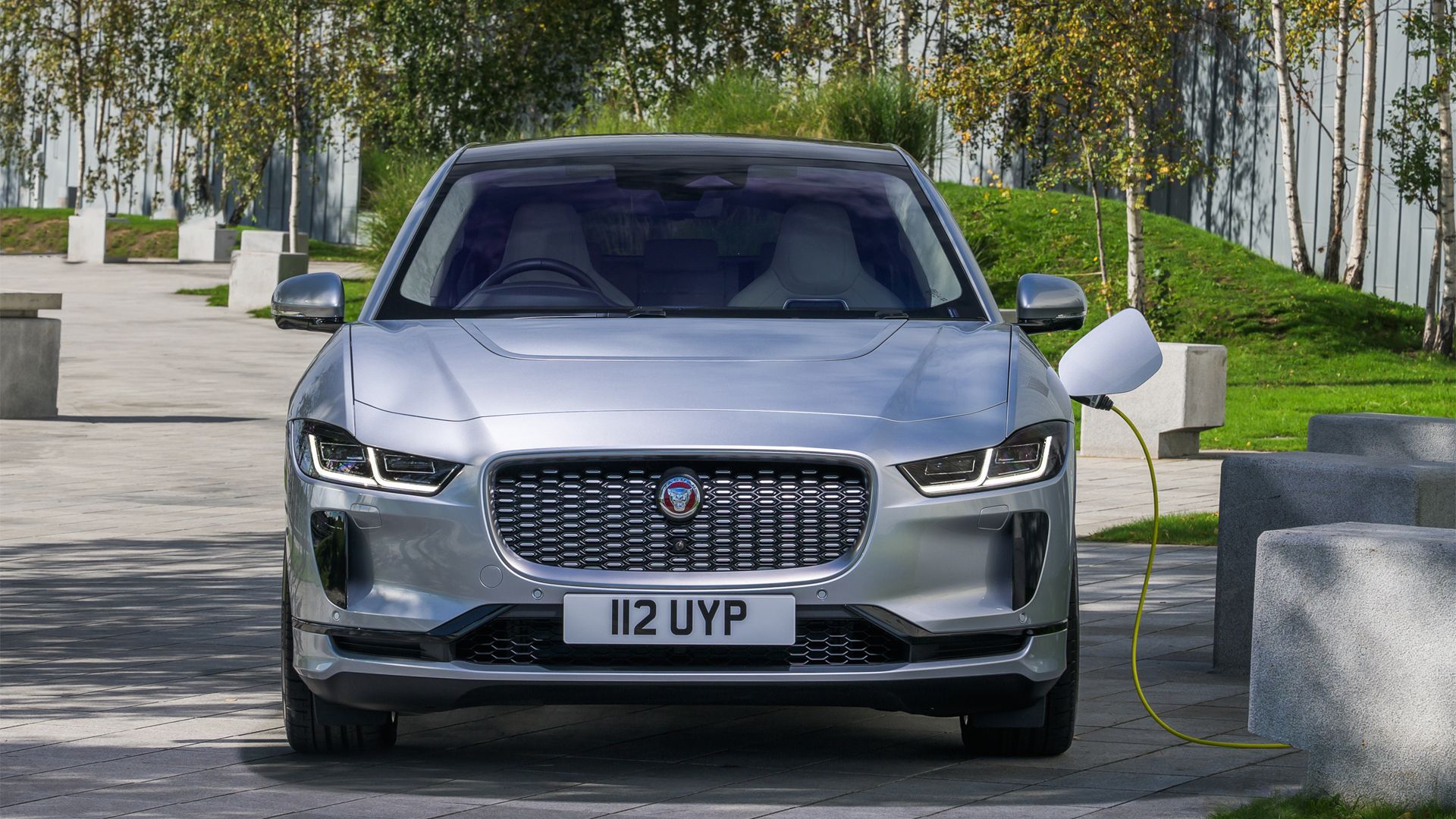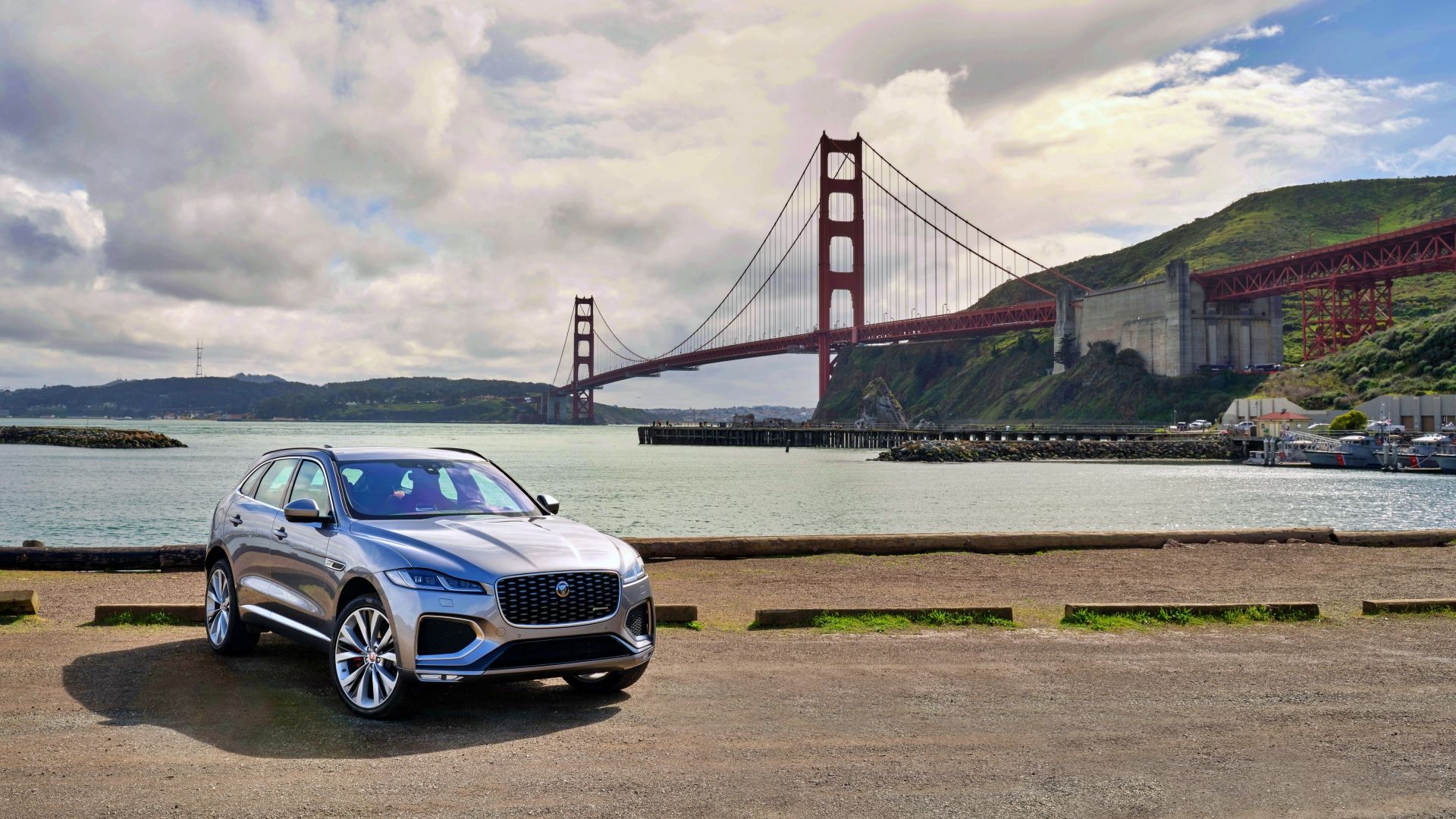Summary
- Mazda’s rich history of car manufacturing is underpinned by innovation and flair, featuring a portfolio of versatile cars such as sports cars, sedans, vans, and SUVs.
- The Mazda Cosmo, with its Wankel rotary engine, was a revolutionary car that showcased Mazda’s heritage and brought attention with its attractive design.
- The Mazda RX-7 and RX-8 were influential cars that symbolized Mazda’s commitment to great handling, engaging driving experiences, and unique engine technology. These cars were flagship products for the company.
Mazda, founded in 1920 has a rich history of car manufacturing with its success underpinned by innovation and flair. From being into cork manufacturing and machine tools in its initial stages, it later produced its first vehicle in 1931, which was a mini three-wheel open truck called the Mazda-Go. As a testament to their versatility is the portfolio of cars they’ve been able to produce over the last few decades, which includes sports cars, sedans, vans, and SUVs.
As a result, the Japanese automobile manufacturer has come to become a popular choice in the market, particularly to enthusiasts for whom Mazda now serves to be a regular household name. With a knack for venturing into the less known territories and being a step ahead both in terms of design and modern engine-building techniques, Mazda has presented some iconic cars in the market, and here are our top ten picks for the same.
10 Mazda Cosmo
Any list about cars from Mazda has to begin with the Cosmo, the first production Mazda car with a Wankel rotary engine. Named Cosmo due to the large-scale fascination with the Space Race, it had an attractive touring coupe design that was well received by the masses. But the real selling point of the car was the 1.0-liter twin-rotor engine. And while it was an expensive car, it was still considerably popular. It stands tall as probably the leader of years of heritage Mazda accrued.
Engine Specifications
|
Displacement |
1.0 liter |
|
Power |
110 horsepower |
|
Torque |
96 lb-ft@3,500 rpm |
|
Transmission |
Four-Speed Manual |
|
0-60 mph |
8.8 seconds |
In 1968 Mazda introduced a Series || Cosmo which was faster and featured a more powerful engine, powered brakes, and an improved Five-Speed Transmission, but in terms of absolute impact, the first gen Cosmo was truly revolutionary.
9 Mazda RX-2
The first gen Mazda RX-2 marked an important turning point for the brand as it was the first car to go mainstream with a rotary engine, a 1146 cc Wankel that produced around 130 horsepower. It was available in both coupe and sedan body styles. In a first for the company, it was also mated to an automatic transmission, which lent it an element of intrigue but did not do wonders for its fuel economy figures and even its handling was largely sub-par, as per most experts.
Engine Specifications
|
Displacement |
1.1 liter |
|
Power |
130 horsepower |
|
Torque |
115 lb-ft @ 4000 rpm |
|
Transmission |
Four-Speed Manual |
|
0-60 mph |
8.8 seconds |
While the RX-2 sold like hotcakes initially, the oil crisis of the early 1970s really created a large dent in its sales. Even then, the RX-2 came out to be an excellent choice for buyers in the market looking for something fresh and unique, and it also served as the backbone of a long successful legacy under the RX badge.
8 Mazda RX-7 SA/FB
While Mazda had already proven its mettle to make highly competitive cars in the market, the RX-7 is probably the most influential car to have shaped its history. It was highly appreciated for its great handling and engaging driving experience.
Engine Specifications
|
Displacement |
1.1 liter |
|
Power |
100 horsepower |
|
Torque |
105 lb-ft |
|
Transmission |
Five-Speed Manual, Three-Speed Auto |
|
0-60 mph |
9.6 seconds |
It had a perfect 50:50 weight balance with a low center of gravity, rear-wheel drive, and 5-speed manual transmission, and low body weight under 1,100 kg (2,425 lbs) made for a sweet driving experience. Overall, the RX-7, much like the Cosmo, symbolized everything that the Japanese manufacturer stood for and aimed to achieve, making it a flagship product for the company.
7 Mazda MX-5 Miata (NA)
Launched on February 10, 1989, the original Mazda MX-5 Miata weighed a mere 960 kg (2,120lbs) and therefore had a small and light body in an attempt to provide better control and make the car more exciting.
Engine Specifications
|
Displacement |
1.6-liter |
|
Power |
116 horsepower |
|
Torque |
100 lb-ft |
|
Transmission |
Five-Speed Manual |
|
0-60mph |
9.1 seconds |
It also added other goodies to the package including front and rear independent control arm suspension and four-wheel disc brakes. It went from 0-60mph in nine seconds but the real value of the Miata didn’t lie in its numbers. Mazda focused on the driving experience and control behind the wheel, which was pure poetry in motion and is still true three decades later.
6 Mazda 787B
By 1991, Mazda had very quickly emerged as one of the leading car manufacturers. The company has since achieved some significant credentials on the track, but none can compare to the 1991 Le Mans where the car emerged victorious in a hard-fought tussle. Britain’s Johnny Herbert took the checkered flag driving the four-rotor-engined Mazda 787B.
Engine Specifications
|
Displacement |
2.2-liter |
|
Power |
700 horsepower |
|
Torque |
448 lb-ft @6500 rpm |
|
Transmission |
Five-Speed Manual |
|
0-60 mph |
3 seconds |
The victory was monumental in more ways than one. The 787B was the first non-piston-engined car to win a Le Mans race. It was also the first car from a Japanese brand to win at the Le Mans, a record that stayed unbroken until Toyota did it as recently as 2018.
5 Mazda RX-7 FD
The RX-7 FD has historically been one of the most revered sports cars of all time. Compared to its predecessor, the FD boasted a much more futuristic design featuring smoother body lines and a new twin-turbocharged 1.3-liter twin-rotor engine that produced 255 horsepower.
Engine Specifications
|
Displacement |
1.3 liter |
|
Power |
255 horsepower |
|
Torque |
217 lb-ft @ 5000 rpm |
|
Transmission |
Five-Speed Manual |
|
0-60 mph |
4.9 seconds |
In addition, a lower body weight of 1,300 kg only accentuated it’s performance resulting in a top speed of around 160 mph. Today, the Mazda RX-7 FD has become a real collector’s item with Spirit R models, which had cross-drilled brake rotors, being the most collectible.
4 Mazda 3 MPS / Mazdaspeed 3
Well into Mazda’s Zoom Zoom era, the Mazda 3 is one of the most important cars in the company’s history, however, the Mazda 3 MPS (Mazda Performance Series) that was introduced in 2007 remains ahead of the rest.
Engine Specifications
|
Displacement |
2.3 liter |
|
Power |
263 horsepower |
|
Torque |
280 lb ft. |
|
Transmission |
Six-Speed Manual |
|
0-60 mph |
6.5 seconds |
To create the MPS, Mazda fitted the 3 with a 263 horsepower (196kW) 2.3-liter inline four-cylinder engine that drove the front wheels. The car was also fitted with a GKN Limited Slip Differential and the engine was mated to a six-speed manual transmission. Mazda based the MPS on the five-door version of the Mazda 3, but added extra structural bracing and gave the car subtle performance styling cues.
3 Mazda RX-8
The RX-8 has the distinction of being a very popular car among enthusiasts, though it quite clearly wasn’t the finest car Mazda ever built, or so was the prevailing opinion among experts. The four-door coupe was able to achieve this due to its elegant and refreshing exterior styling that attracted buyers and under the hood , it had a well-balanced 1.3 liter two-rotor engine which was a joy to drive.
Engine Specifications
|
Displacement |
1.3 liter |
|
Power |
238 horsepower |
|
Torque |
164 lb-ft @5000 rpm |
|
Transmission |
Five Speed Manual, Four Speed Automatic |
|
0-60 mph |
6.6 seconds |
A well-balanced chassis along with great handling ensured that the car overall was perfect for high-powered revving and high-speed cruising.
2 Mazda CX-5 First Generation
The first-generation Mazda CX-5 has arguably been Mazda’s most important vehicle over the last decade. In spite of the fact that Mazda hasn’t particularly been renowned for making SUVs, the CX-5 represents their potential of great adaptability according to the demands of the market.
Engine Specifications
|
Displacement |
2.0 liter |
|
Power |
162 horsepower |
|
Torque |
155 lb-ft @ 5000 rpm |
|
Transmission |
Six-Speed Automatic |
|
0-60 mph |
9.8 seconds |
It was available with both Front-Wheel Drive and All-Wheel Drive variants along with new and much more fuel-efficient Skyactiv engine technology, the CX-5 became the key to Mazda’s survival in the market. With Mazda’s history considered, one can be sure that it’s going to keep up with the SUV trend and provide us with very capable cars through its innovation.
1 Mazda MX-5 Miata (ND)
The next car on the list is fittingly, the MX-5 Miata (ND). It epitomizes the growth that has been seen by Mazda as a brand and the maturity that has been reflected in their cars. In terms of a balanced package that a car can offer at this price, the MX-5 Miata is as good as it gets.
Engine Specifications
|
Displacement |
2.0 liter |
|
Power |
181 horsepower |
|
Torque |
151 lb-ft |
|
Transmission |
Six-Speed Manual |
|
0-60 mph |
5.7 seconds |
Its power, modern design, precise handling, and the addition of modern safety technology culminates into being an overall sweet deal for the consumer. The cabin experience isn’t particularly great, but the driver-centric approach adopted by Mazda is practical and doesn’t distract from an overall enjoyable driving experience.
